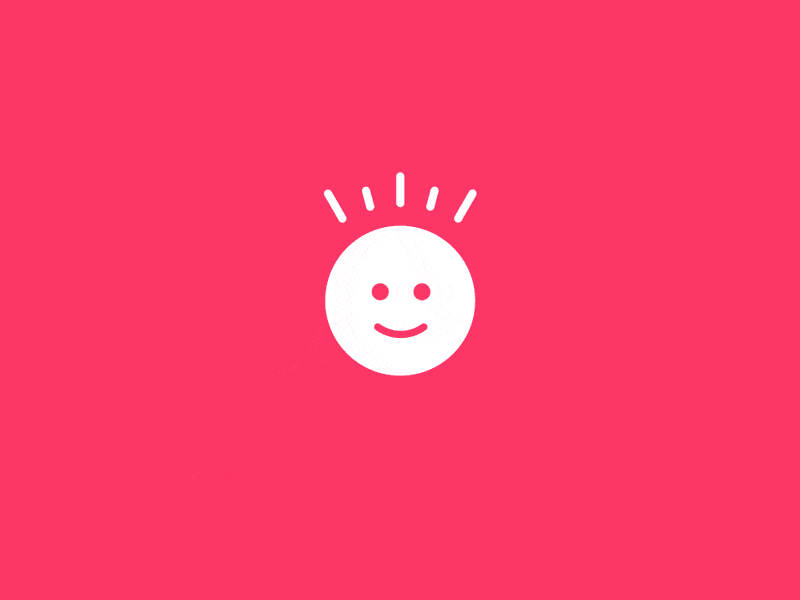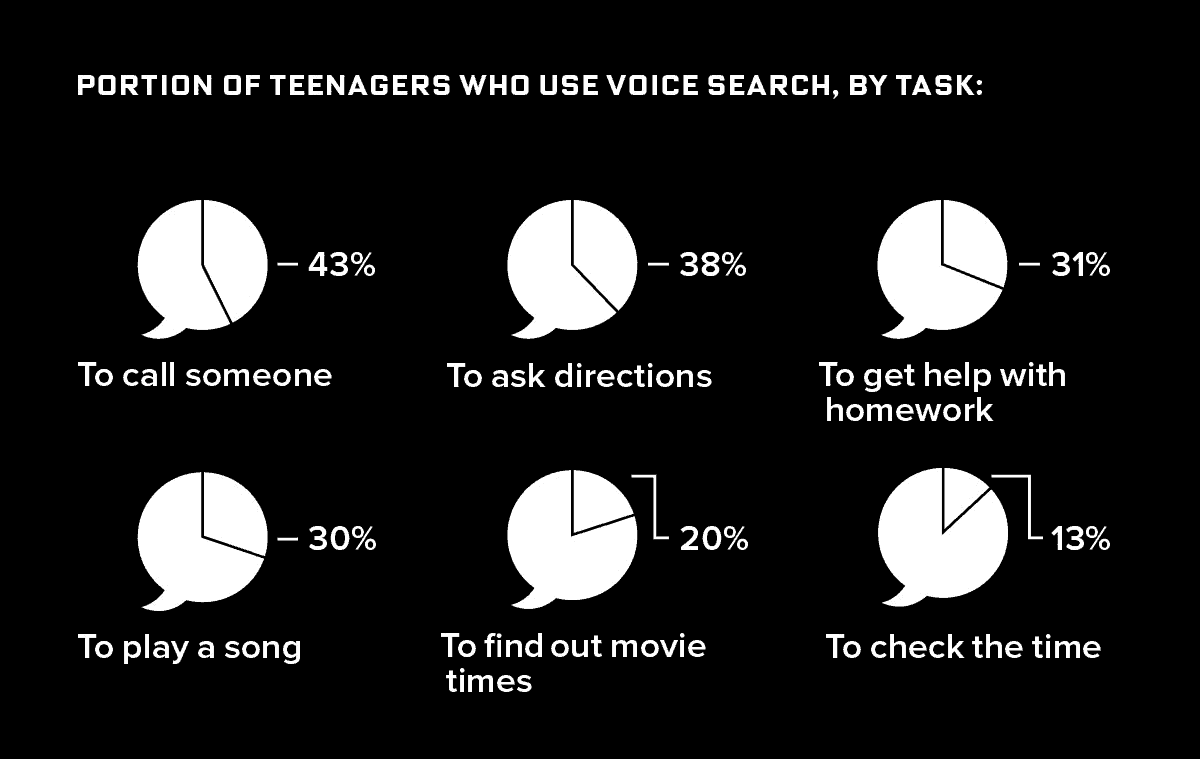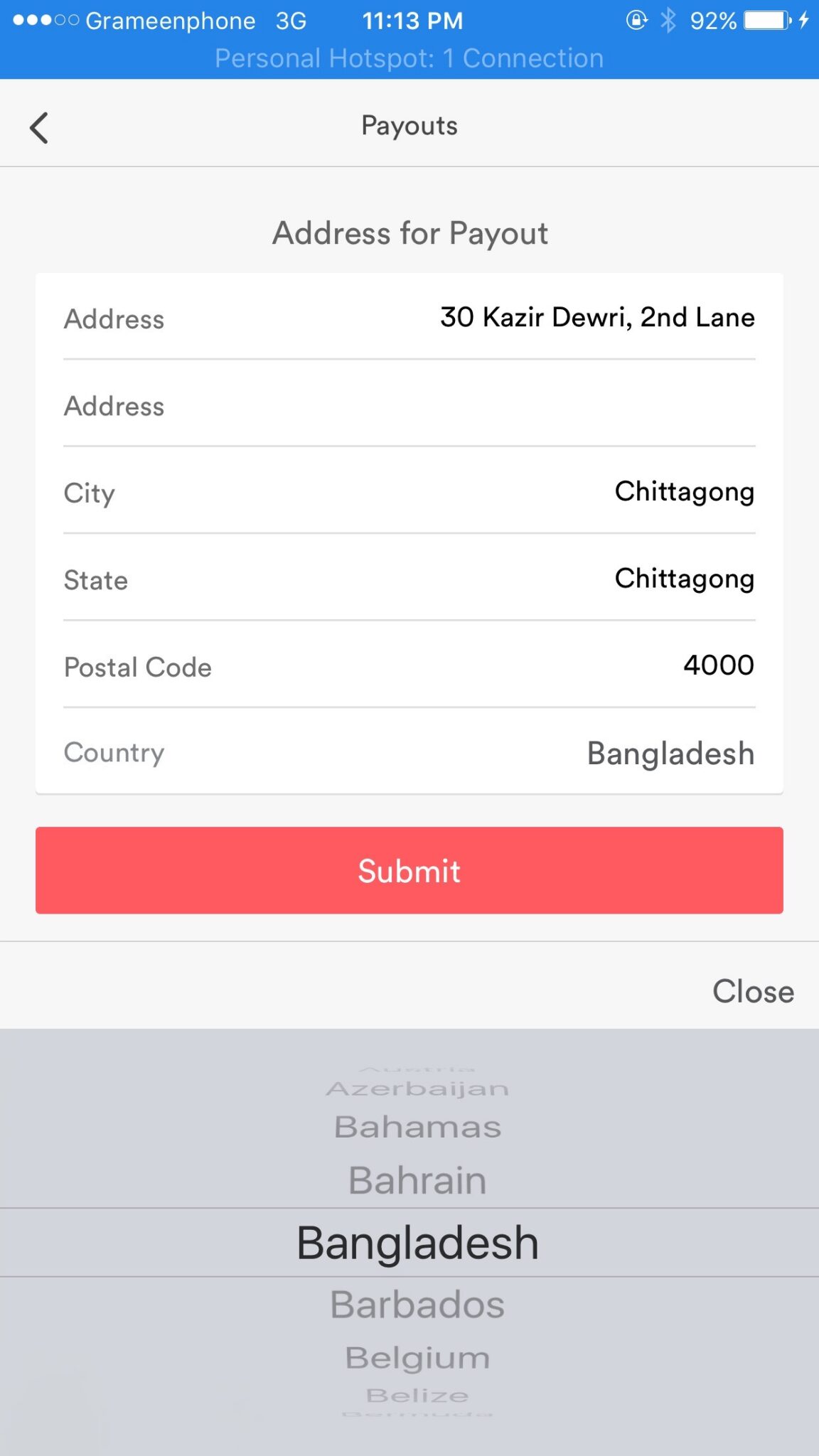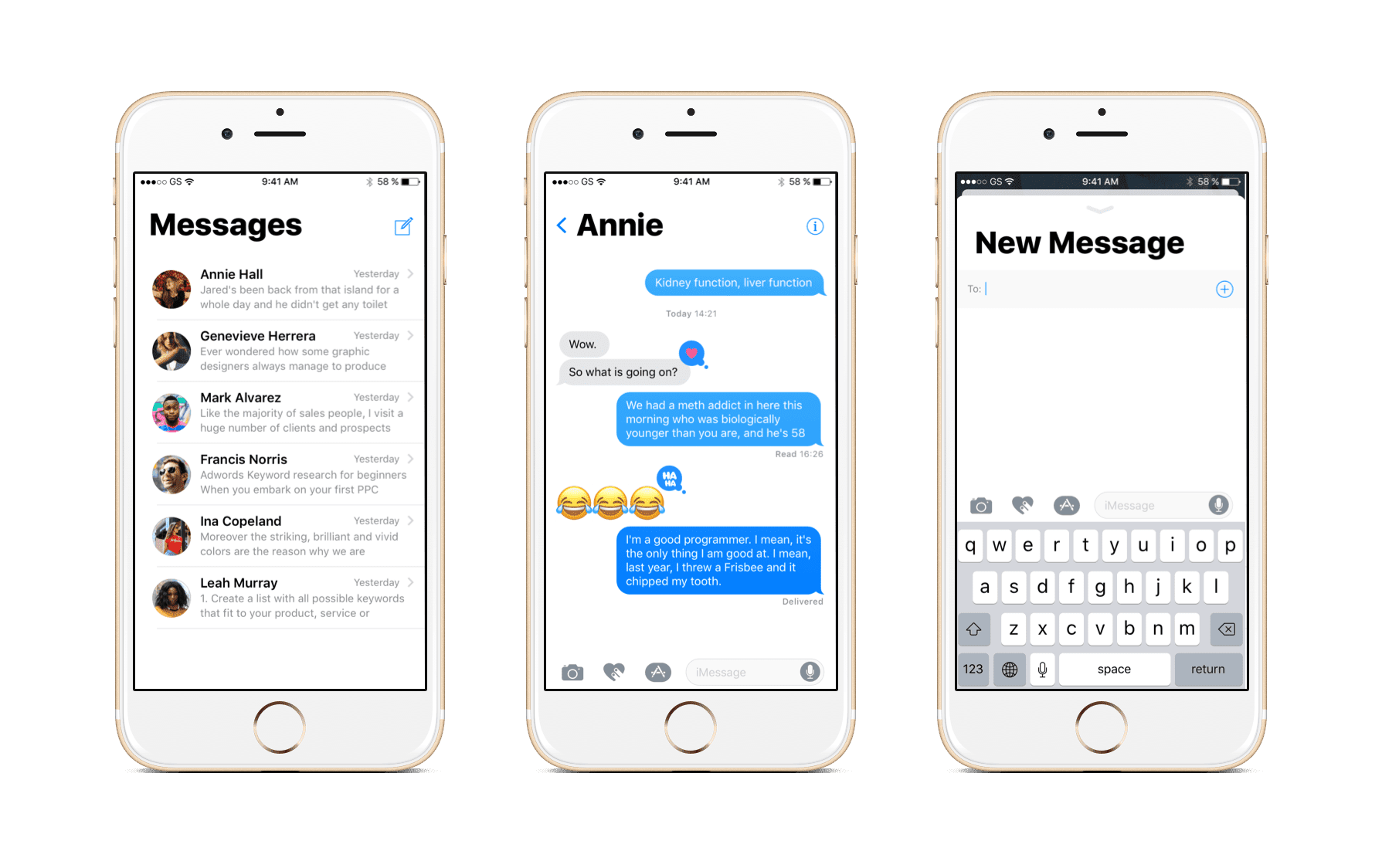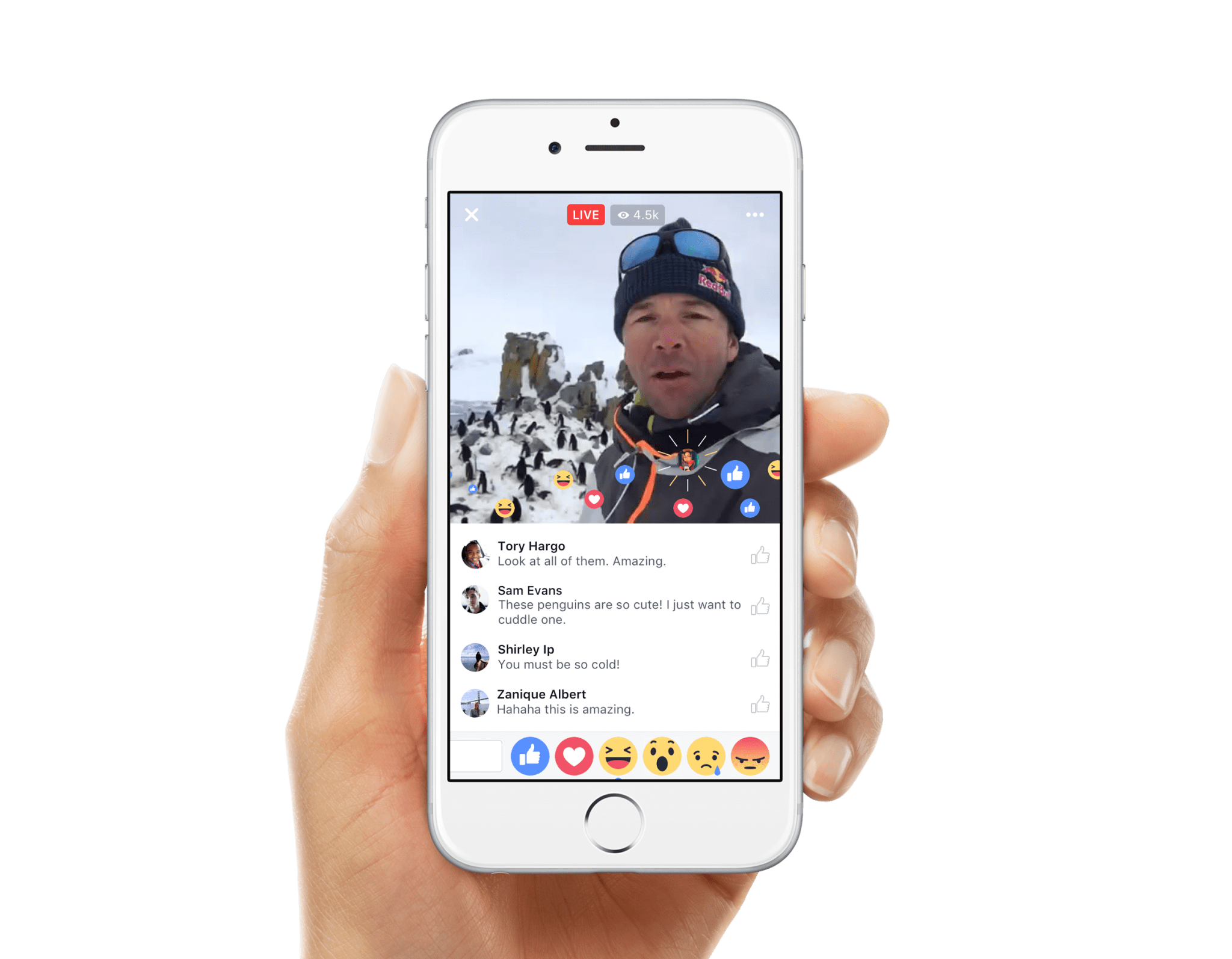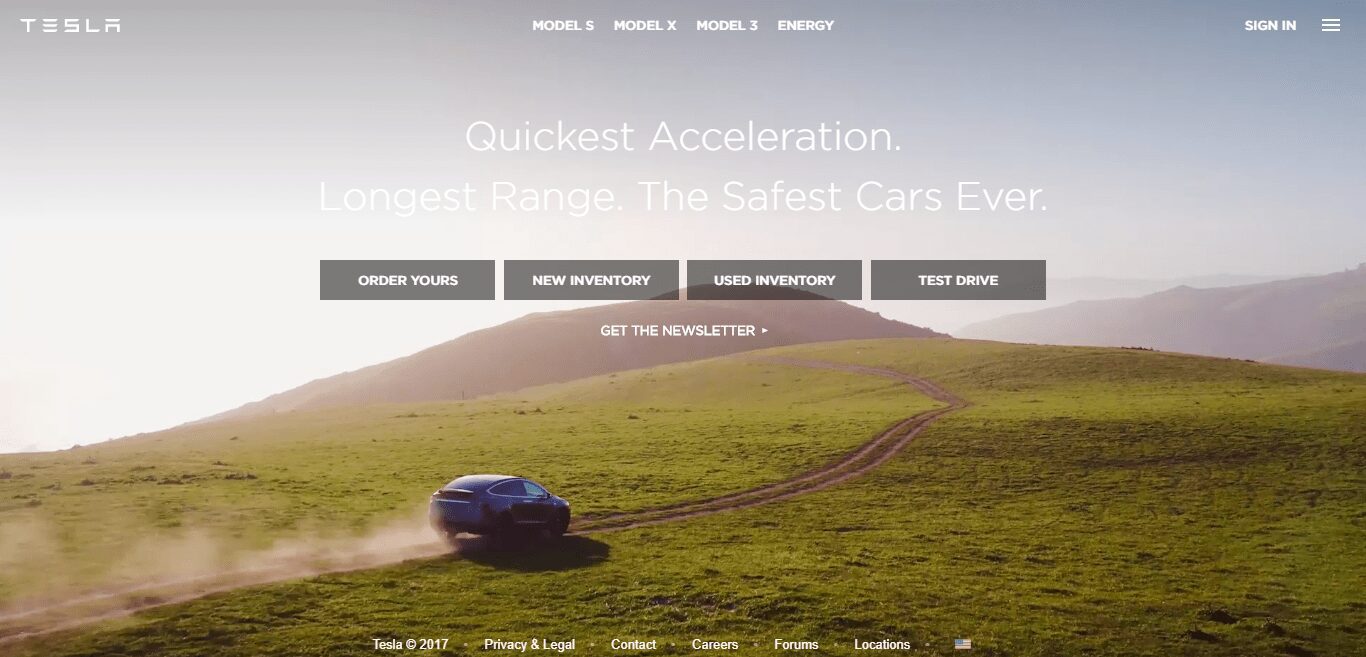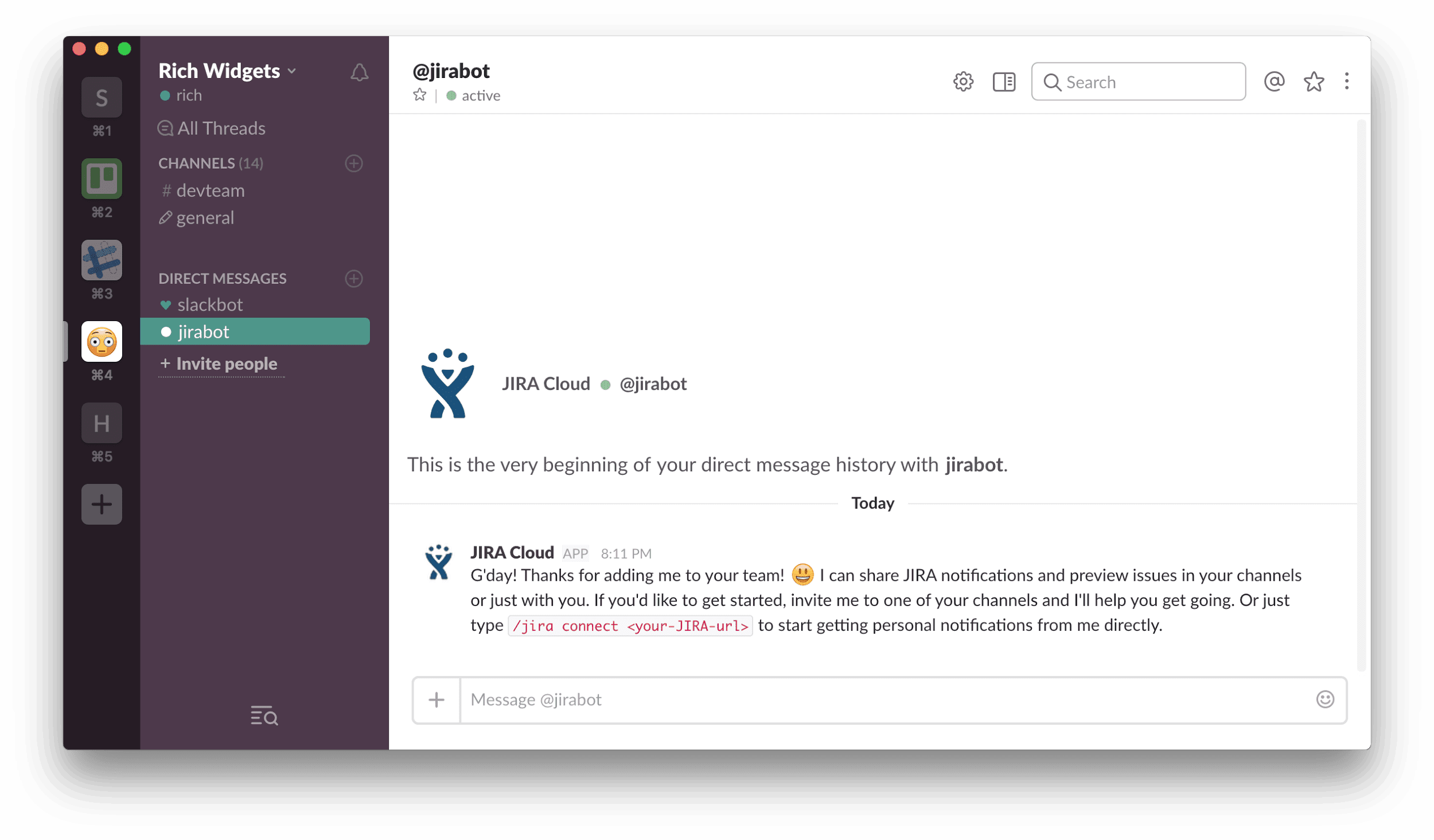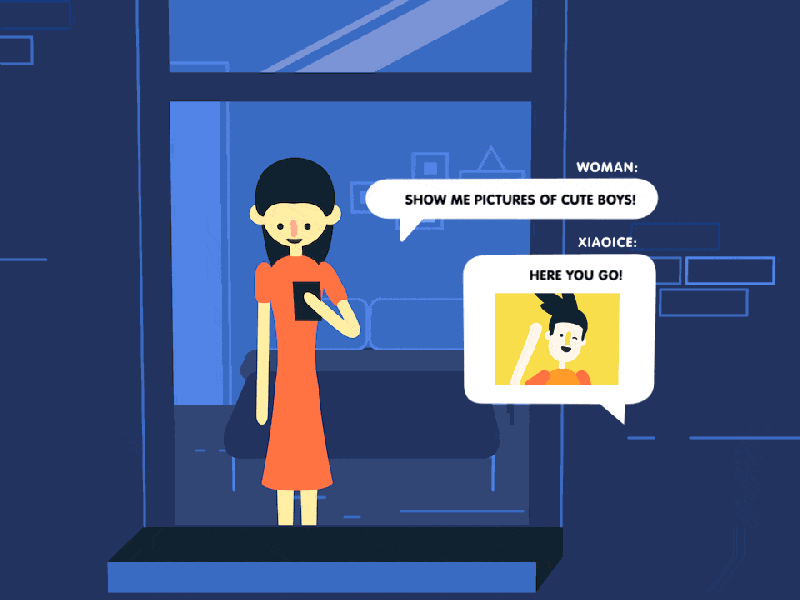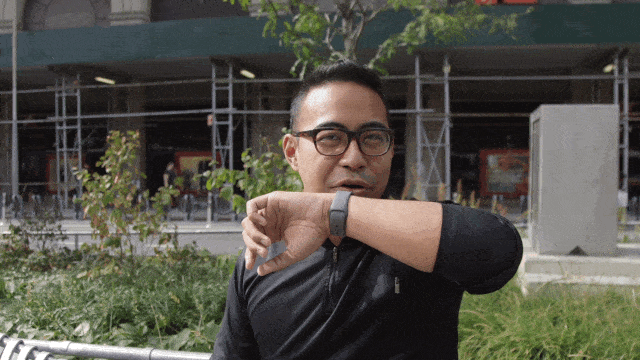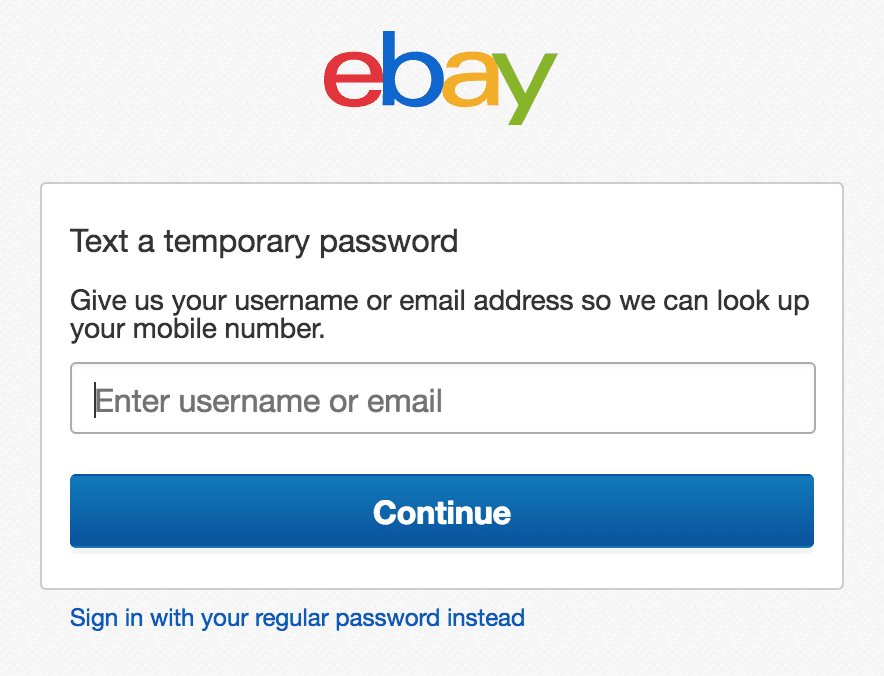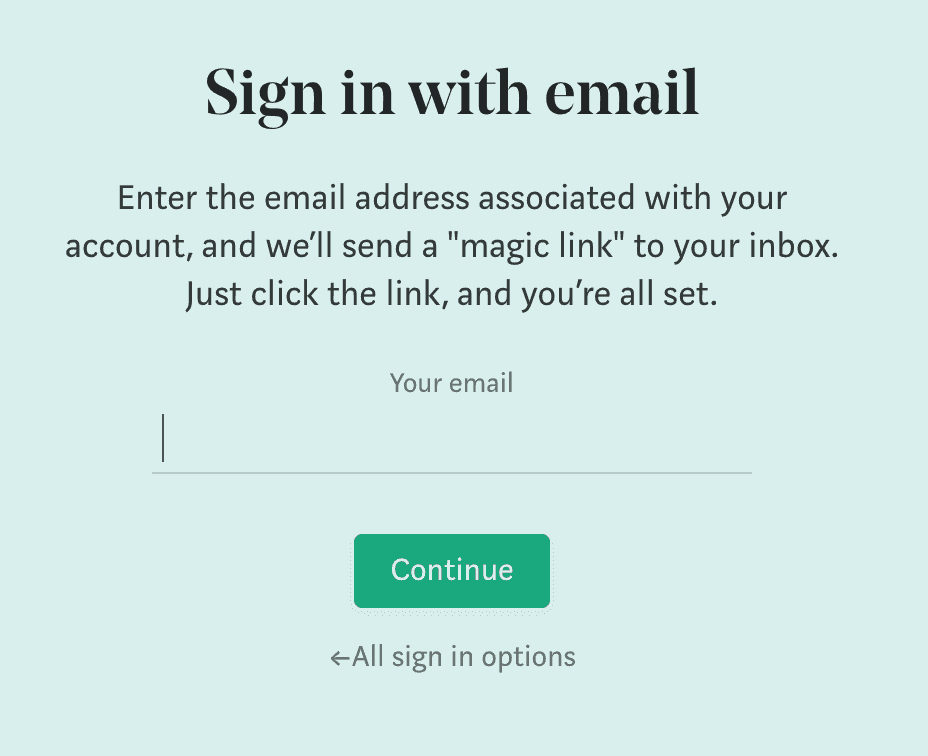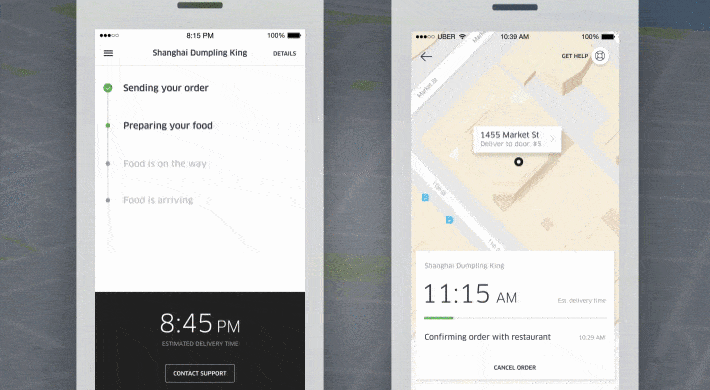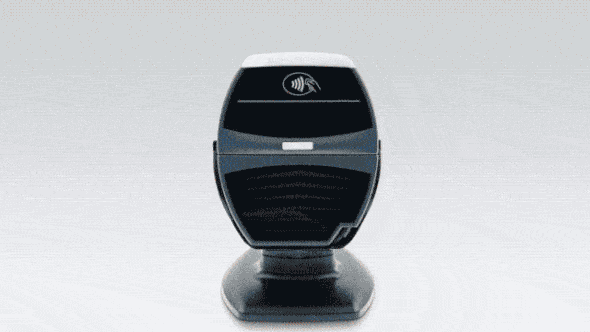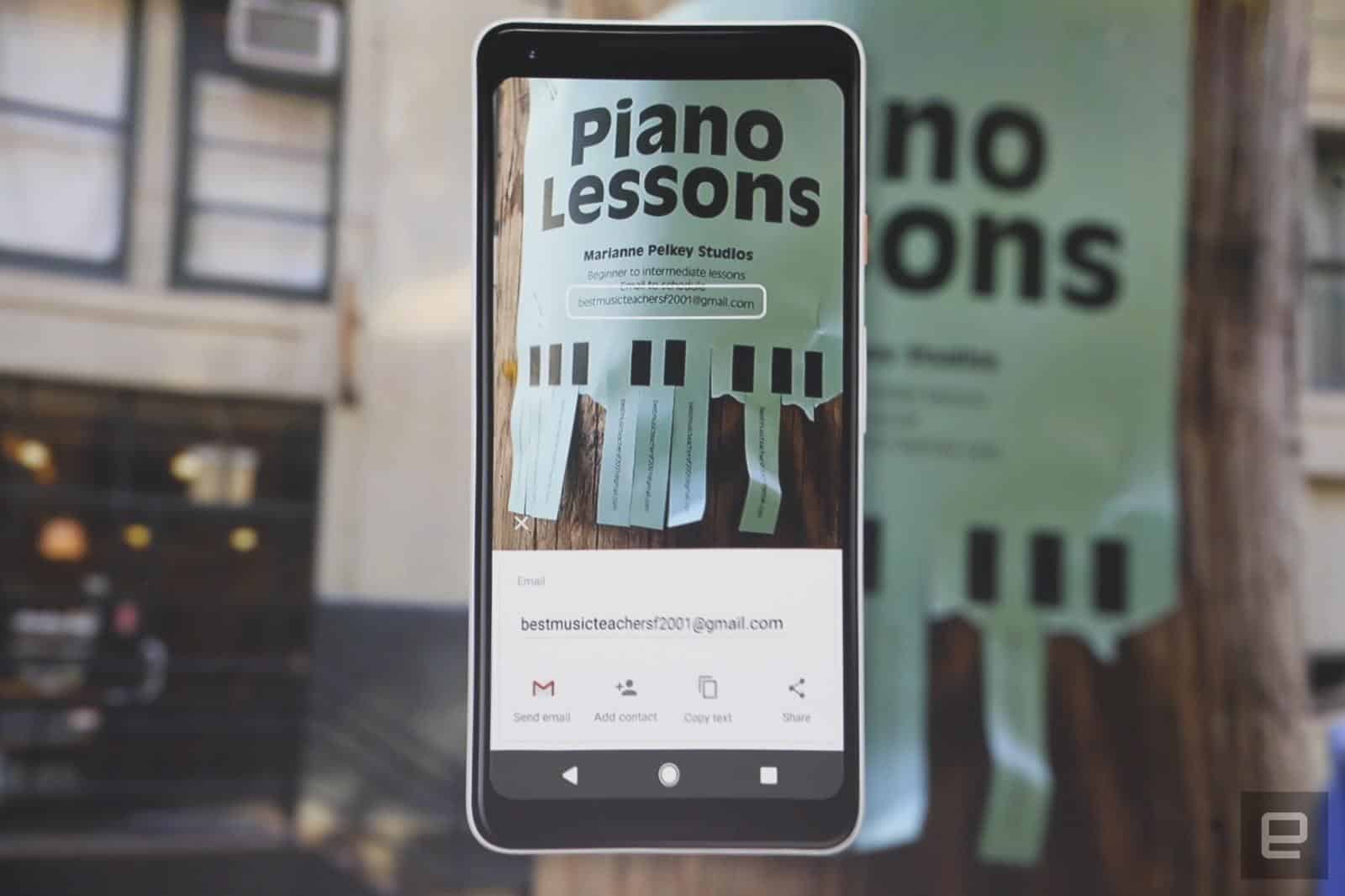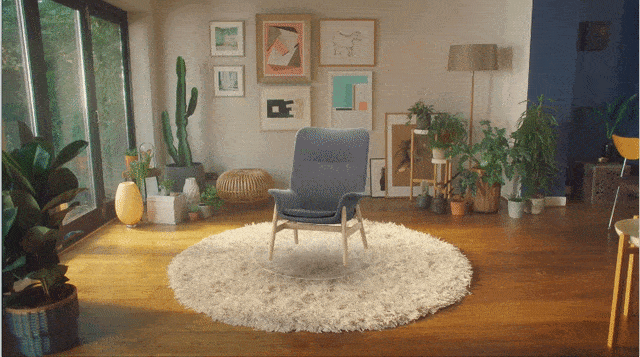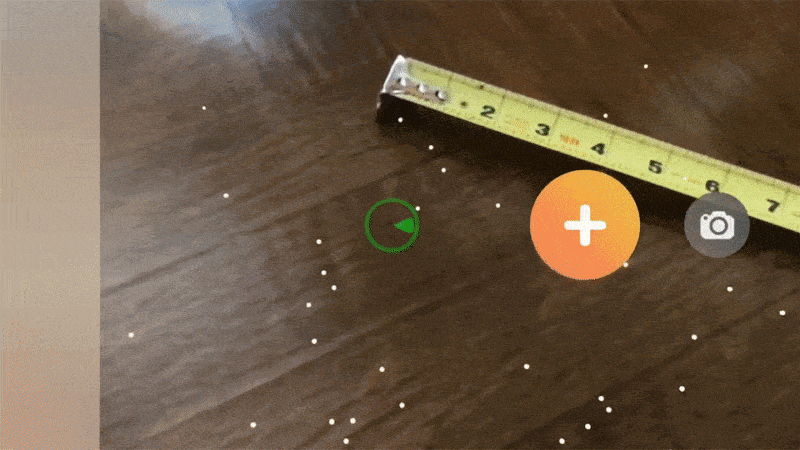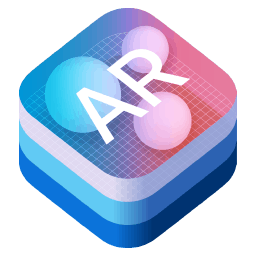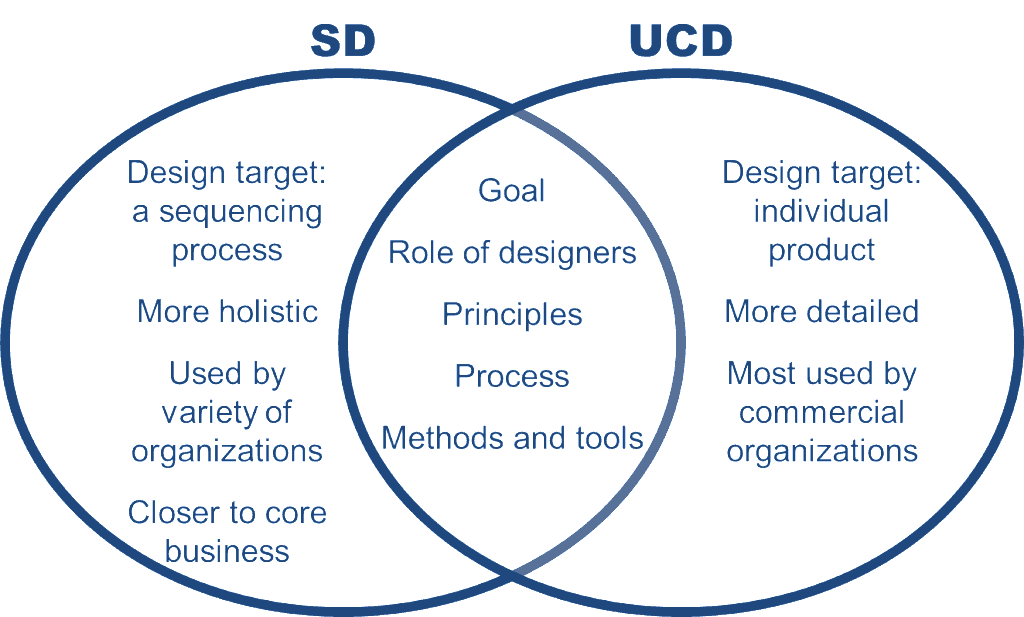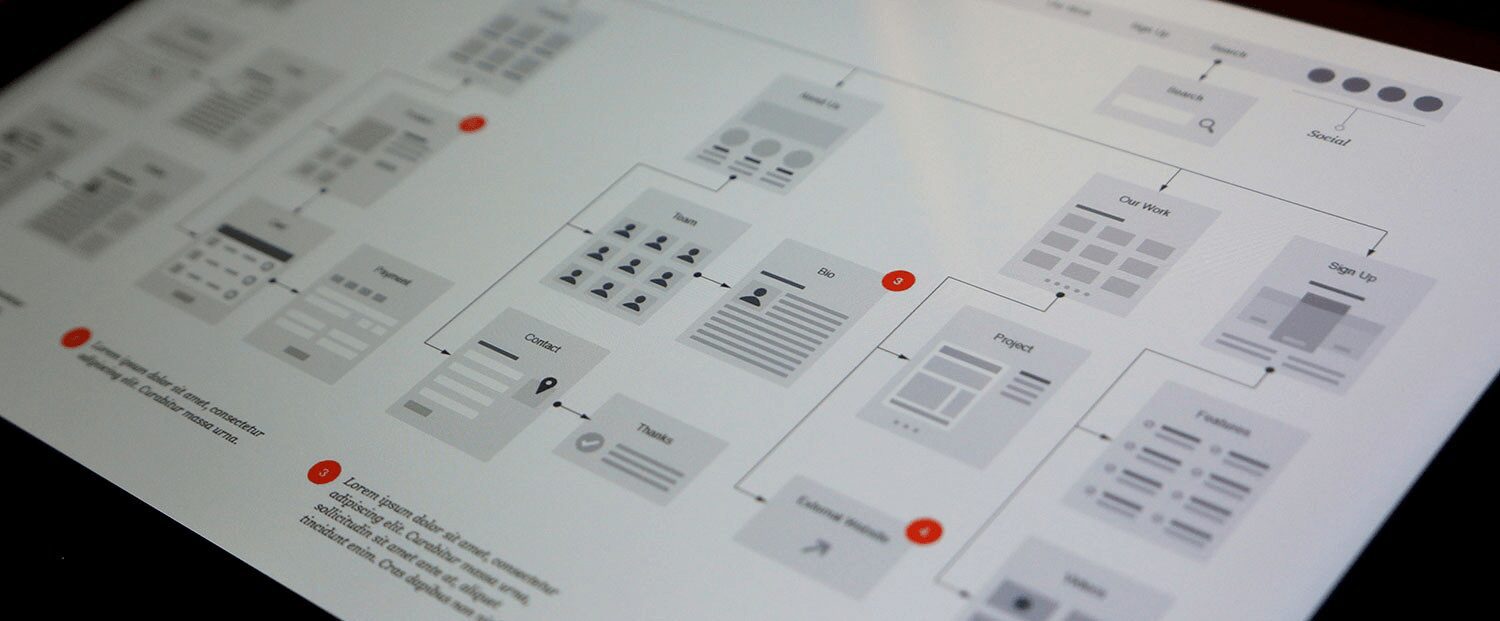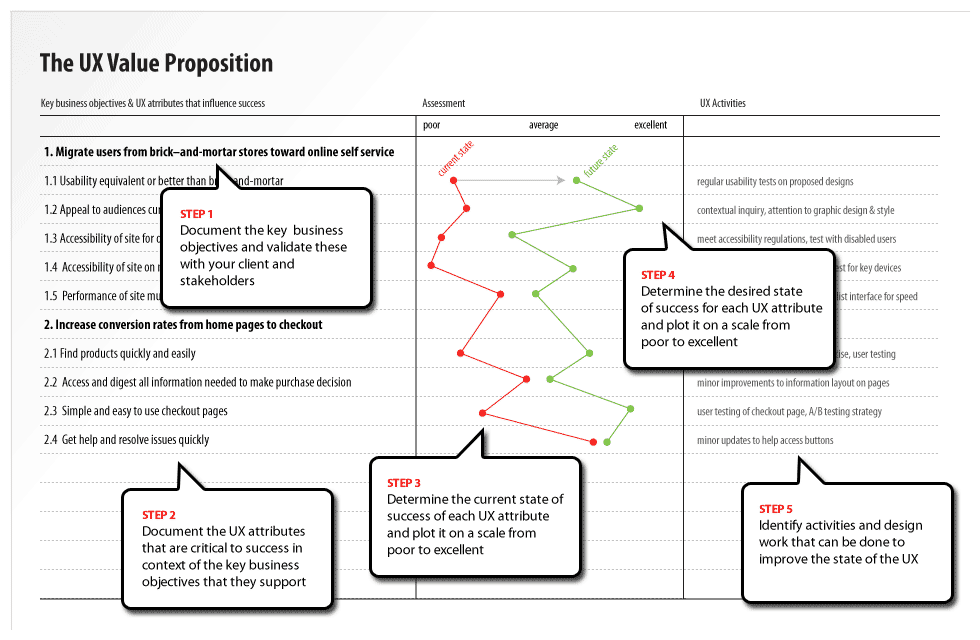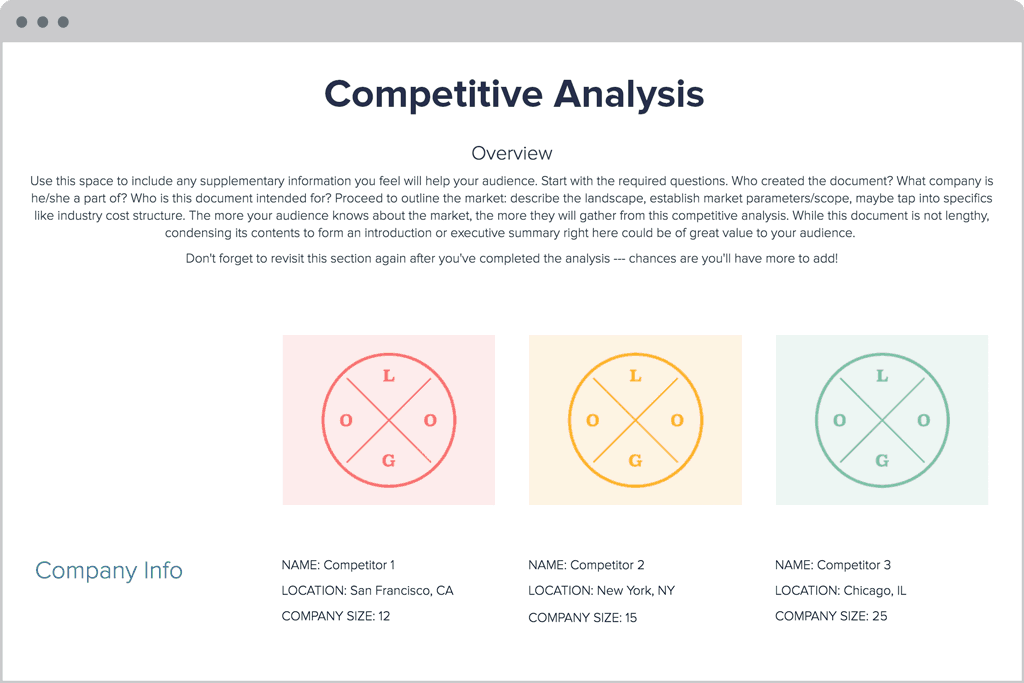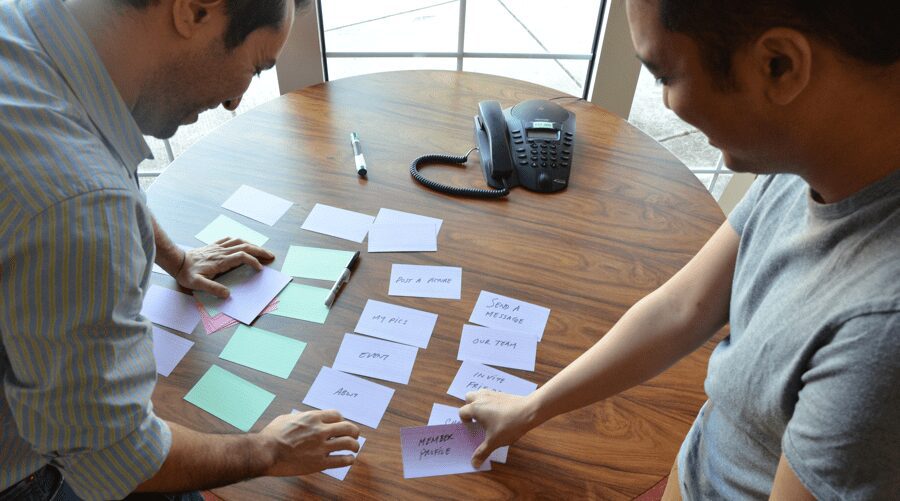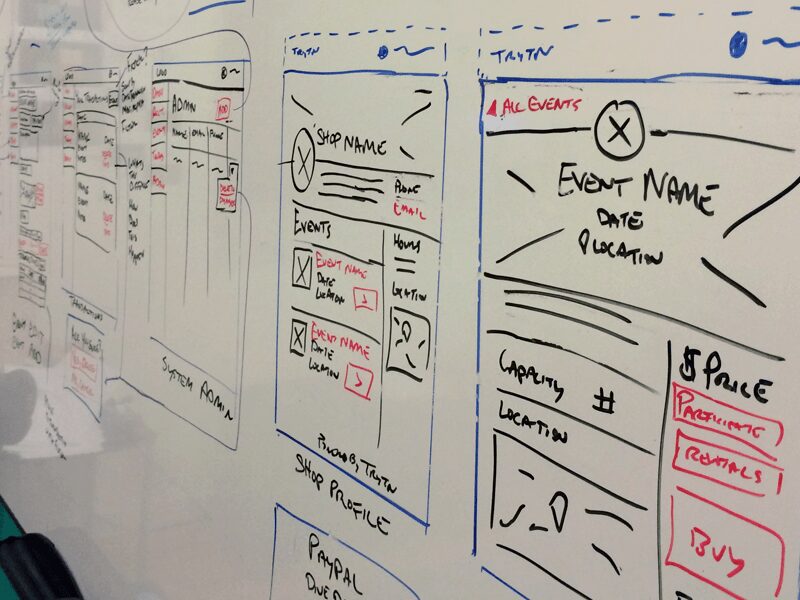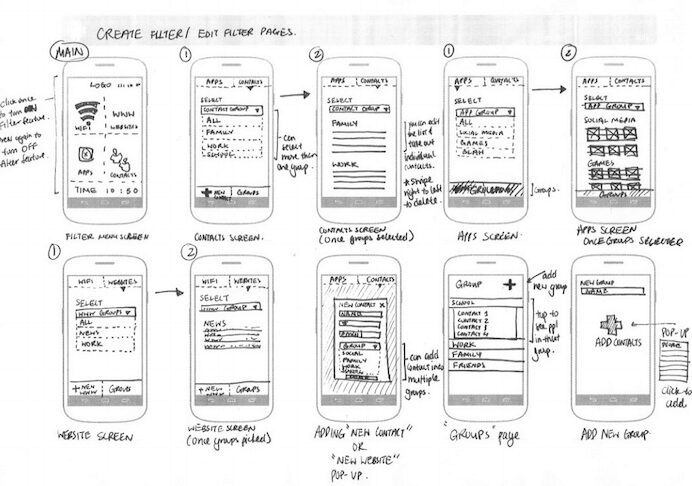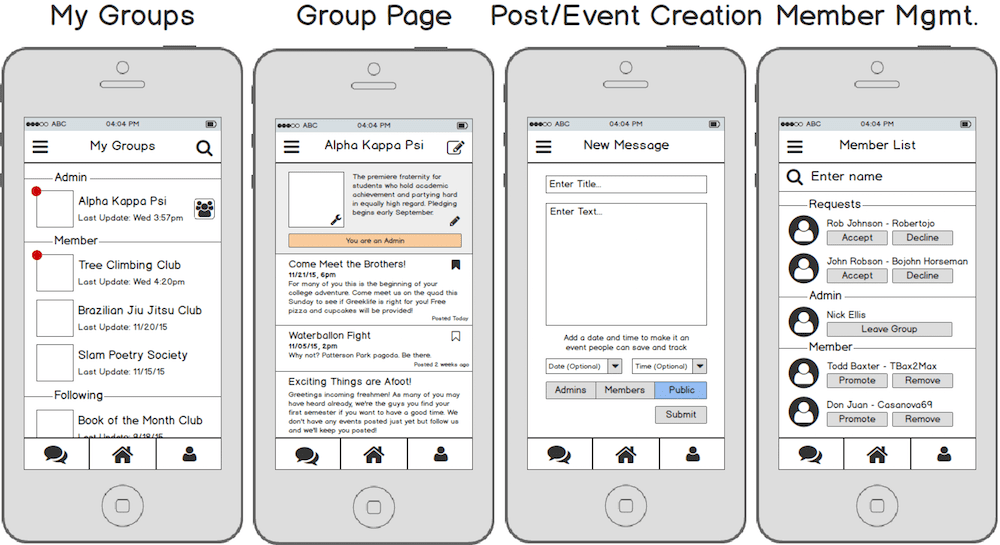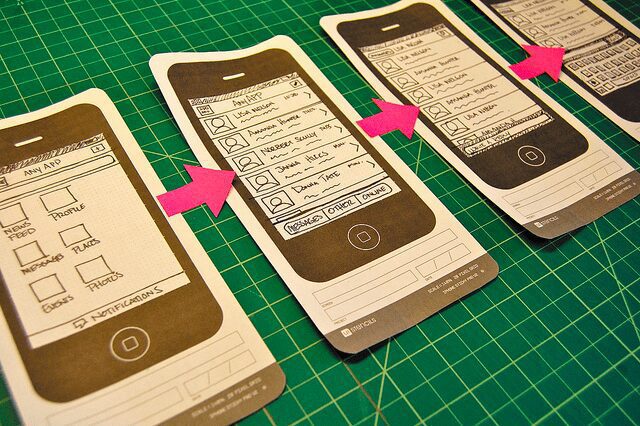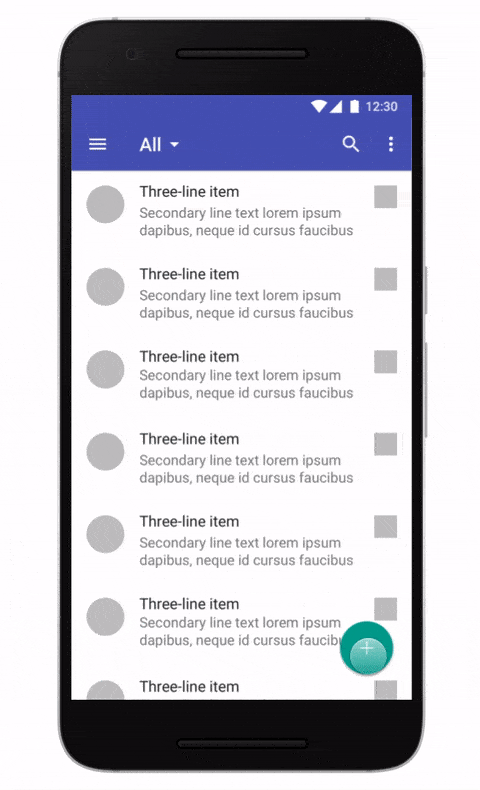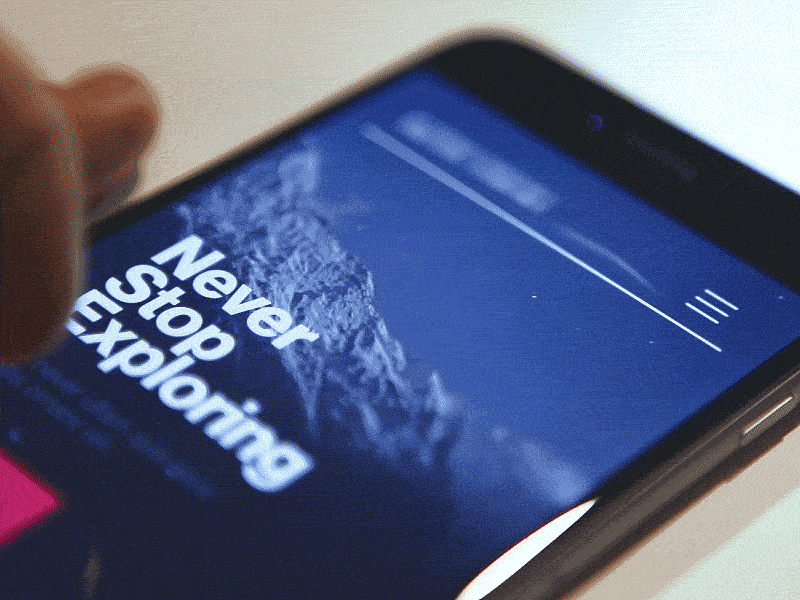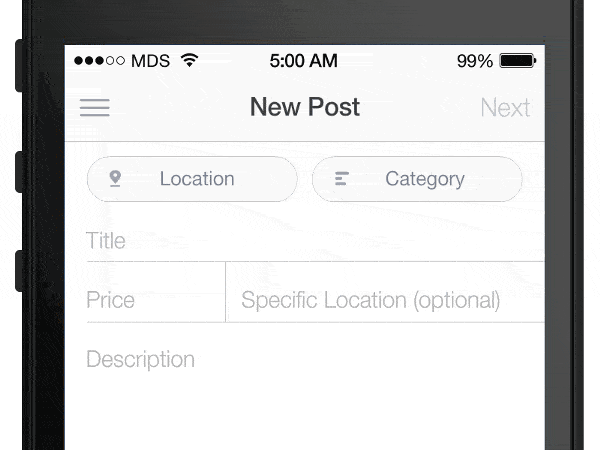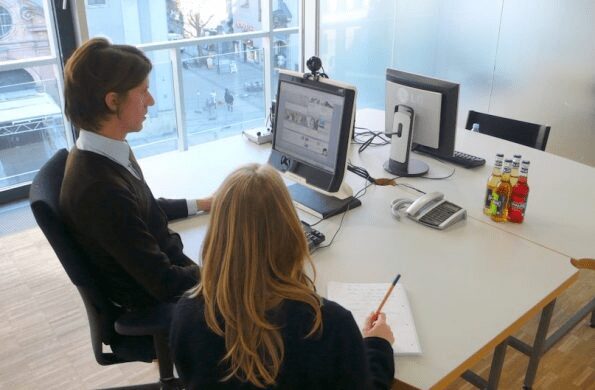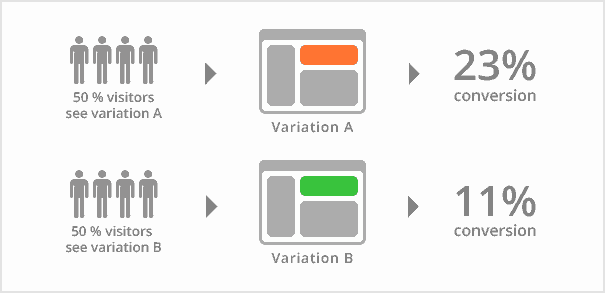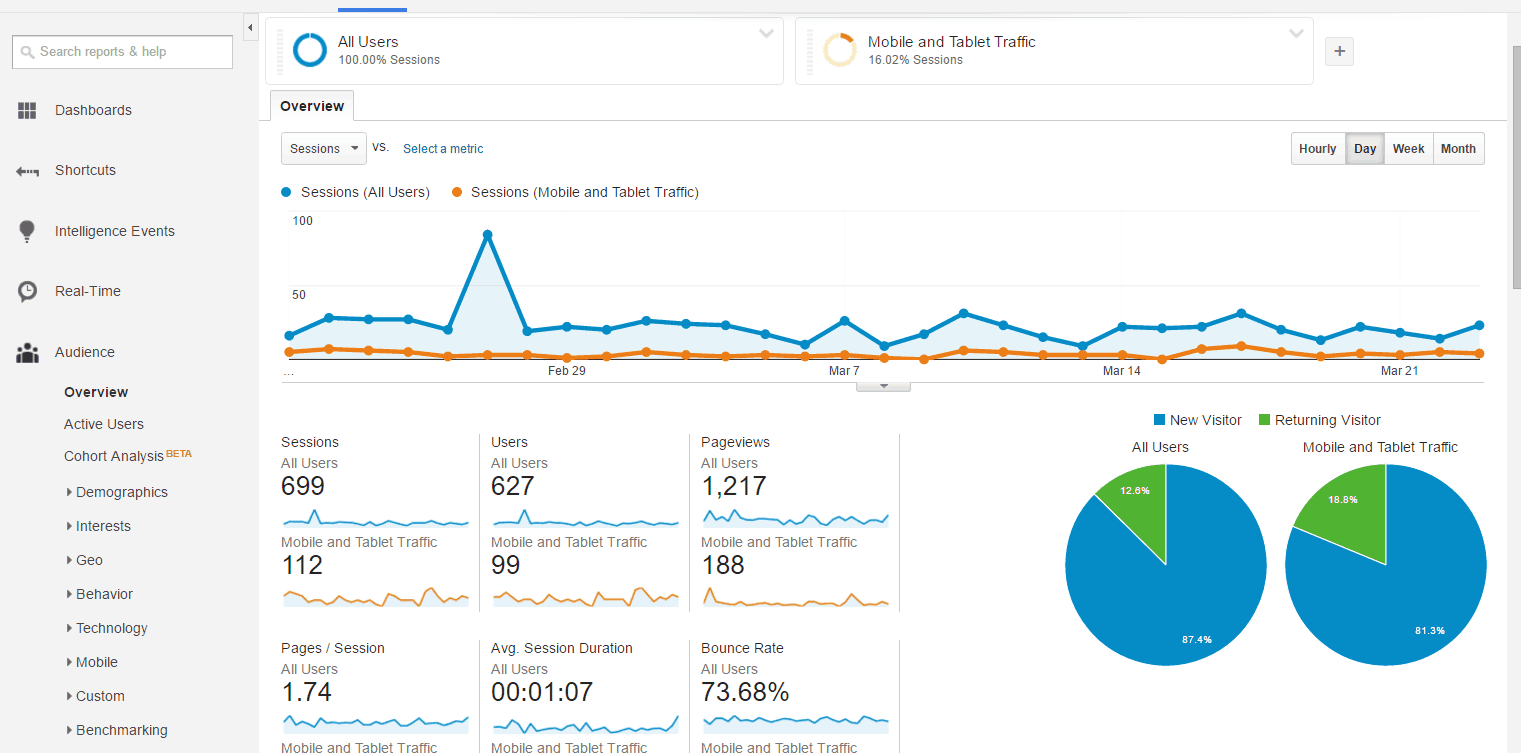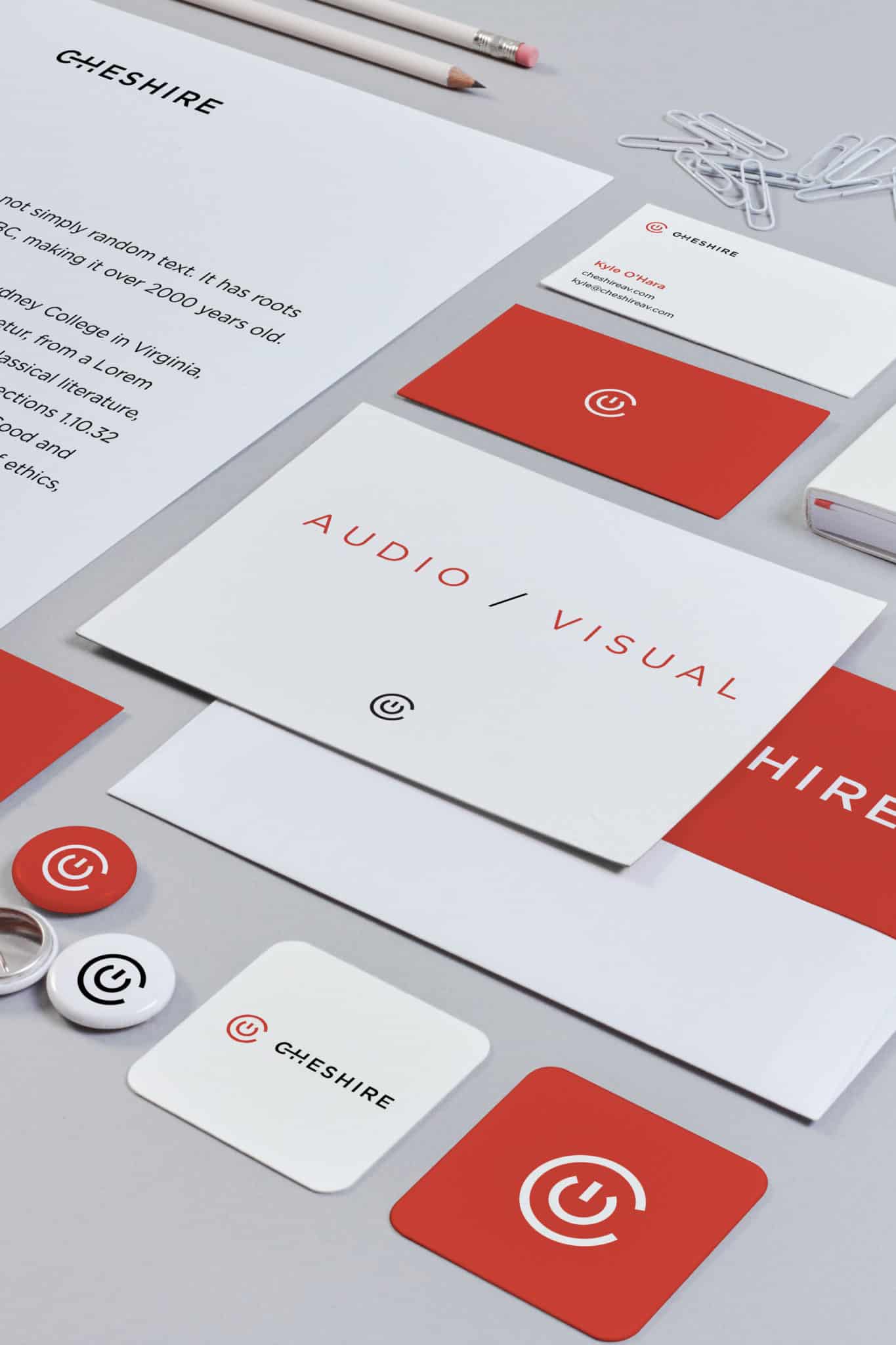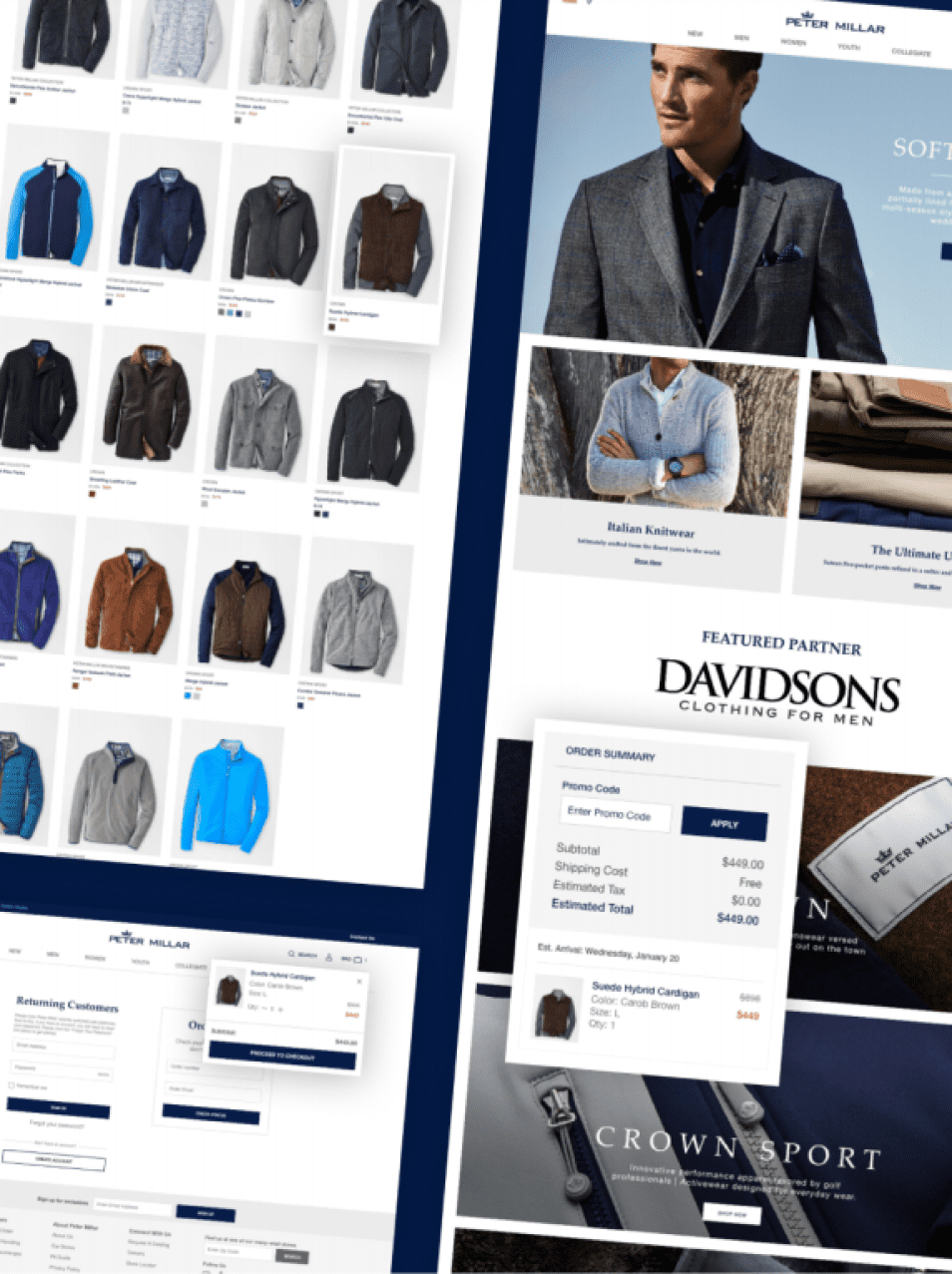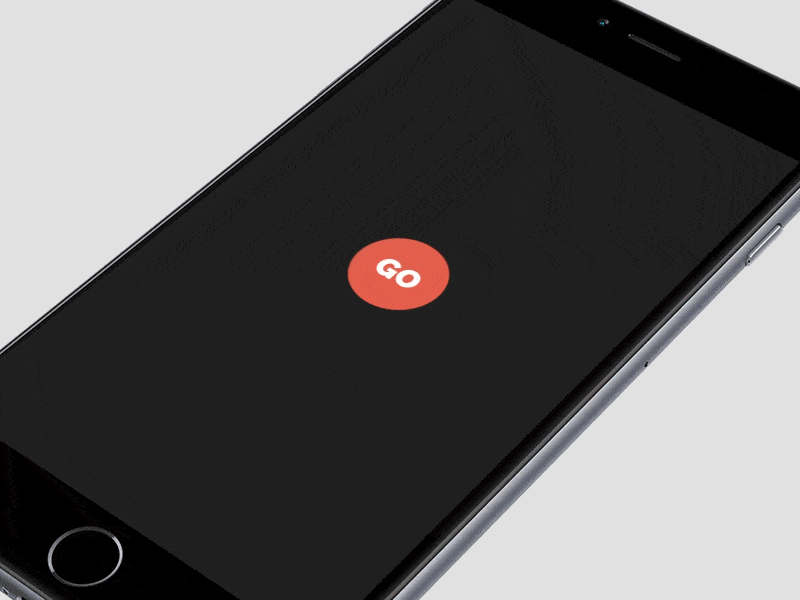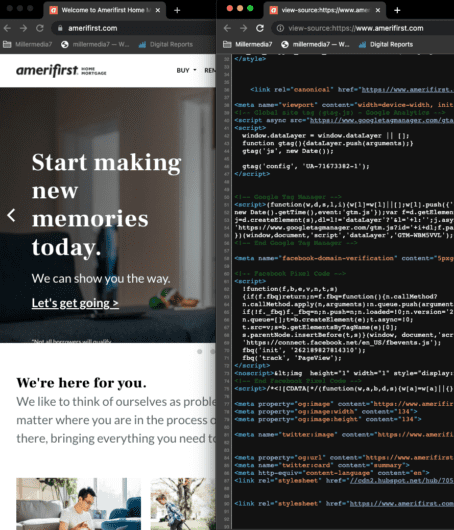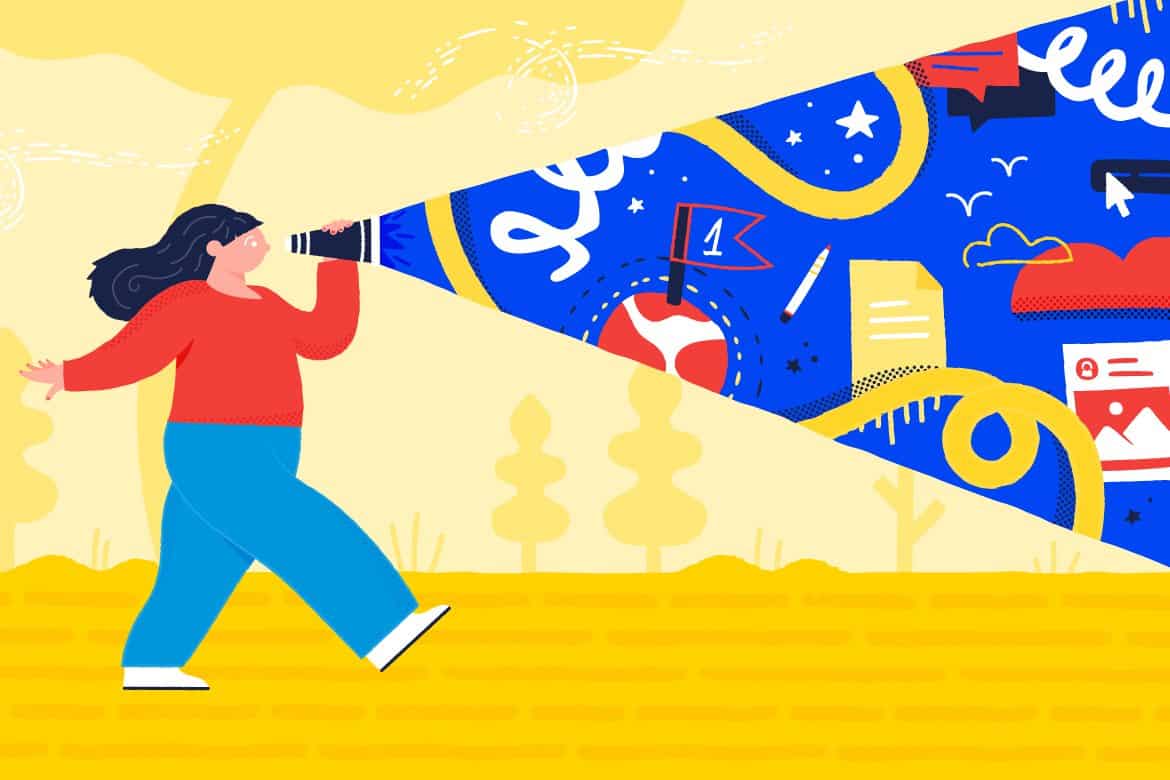
We expect 2020 to be a momentous year in the space of UX design. New technology and user experience trends during the last decade have made competition across most modern industries tougher than ever before. Naturally, this motivates businesses to put even a greater focus on the user experience.
Today, the challenge in sensing customers’ needs and wants is no longer enough to stand out and be successful. Companies that want to win a higher market share must also be a step ahead of the herd and anticipate future UX trends.
To give you a leg up, we’ve collected the latest trends of the digital world which, we believe, will shape user experience in 2020. Give them a look and make strategic decisions before your rivals do.
Even more personalized experience
Personalization has been an essential part of experience optimization for a while already. However, as technologies continue to evolve businesses become better able to precisely tailor their offers to different users.
Besides using cookies that store only basic information about a user, website and app owners may now take advantage of the Internet of Things (IoT), Artificial Intelligence (AI) and related technologies (e.g. advanced data analytics, machine and deep learning). They open doors to a whole bunch of new UX-related opportunities and experiences.
A great example is Netflix. This well-known video-streaming service applies machine learning algorithms to provide every user with relevant content by personalizing recommendations, push notifications, and search results.

Starbucks goes even further. It combines AI with geolocation technology to deliver a truly futuristic experience. In particular, users of its famous location-aware app receive highly personalized promo messages at the time when they are in a specific place, i.e. near the Starbucks shop.

In 2020 there won’t even be a question whether to make your app user-centric or not. The key differentiator will be the extent to which you’re ready to personalize your product.
Voice user interfaces are getting to their peak
In today’s fast-paced world time is money, and its value is high. Voice User Interfaces (VUIs) and virtual assistants help users navigate through an app faster while the handsfree capabilities allow users to multitask. No wonder voice user interface interaction has been on the top of UX trends for the last several years. The question is; what will happen with Voice User Interfaces (VUI) in 2020?
Well, VUI will continue to strengthen its position as the second most popular type of app navigation after graphical user interface (GUI). Is there a chance it’ll leapfrog GUI on the list?
We don’t see that happening next year. But voice-assisted UI will definitely continue getting closer to the first position in the ranking. There is even a quite promising prediction made by ComScore in 2016 that nearly half of searches will be voice searches in 2020.

We still expect a significant shift in the quality of VUIs. As natural language processing (NLP) technology is evolving, voice interactions and voice assistants become more effective in finding accurate answers. Besides, our interaction with them will also become more natural. It’ll resemble more human-to-human communication rather than a conversation with a robot.

On top of that, the array of tasks we can perform with a voice command will probably increase in 2020. For instance, Google Duplex, a new project by Google, has already enabled setting up appointments over the phone without any interaction with a person on the other end from a user’s side.

Introduction of a Chief Experience Officer position
Creating a user experience that is both holistic and consistent is crucial for enhancing the usability of a product and making a brand memorable. Traditionally, UX professionals or a designer together with a marketing team has been responsible for ensuring this part of the development. But the situation is quite different now.
The list of platforms today’s organizations use to maintain their digital presence is not limited to a website and mobile app. Wearables and smart devices are growing in popularity, the number of social media channels is increasing and becoming more complex. In general, markets are becoming ever more dynamic. Ensuring a positive customer experience is now a much more complex activity than it used to be. This is why a new C-level executive position is necessary.
As of the end of 2019, not many businesses introduced the position of CXO. Introducing this position to your business will give you a significant competitive advantage for your company in the coming year. In particular, a chief experience officer will help you perform a comprehensive visual audit and build a holistic UX design system.
The rise of VR & AR in fashion and e-commerce
In 2020, Virtual Reality (VR) and Artificial Reality or Augmented Reality (AR) technologies will continue blurring the borders between the real and digital worlds. The success which such pioneers as Ikea, Toyota, LEGO, and Zara reached with their VR/AR-powered apps has inspired many other businesses to take a fresh look at the way they promote and sell products.

The development of applications containing virtual reality or augmented reality elements has also become more accessible in terms of costs and availability of specialists. All these factors lay the groundwork for a boom in VR/AR that can happen any year now. Of course, not all business areas will adopt these technologies equally fast. But such sectors as interior design, e-commerce, and fashion will likely become dependent on this type of interaction design in the near future.
For instance, at the beginning of this year, Gucci launched its AR-based app that allows users to try on sneakers by pointing a smartphone camera at their feet.

In May, Nike released its own mobile app that uses augmented reality technology to help customers accurately define their size.
Since online shopping is an active and ever-growing niche (e.g. about 60 percent of millennials prefer it over traditional shopping), we have all reason to believe that similar functionality will become industry standard quite soon.
3D design is taking over the app world
In our 2019 State of UX article, we were writing about Memoji which had been introduced with the release of iOS12. In the last twelve months, designers have started to use both static and dynamic 3D elements more frequently. The trend of 3D design has become vivid and noticeable.
Besides being eye-catching, a 3D presentation of interfaces helps to deliver a truly realistic user experience. A study shows that modern people are online for nearly 7 hours per day. This means that we spend an enormous amount of time in a virtual environment.
A 3D view makes our stay there more natural and comfortable. That’s why leveraging the power of 3D will be a great idea for all app creators and website owners in 2020.

In case you’re not sure if 3D elements will suit the overall visual identity of your brand, you can perform a site design audit before introducing any changes. Doing so will make it easier for you to get to grips with the big picture and make informed decisions.
Adaptability to the new foldable phones
The year of 2019 has been an important milestone for phone manufacturers all over the world. The long-awaited foldable displays finally became a reality. Practically all market leaders either expressed their interest in developing such a device or unveiled their prototypes capable of being folded in numerous different ways.
Realizing that stakes were high, Samsung tried to outrun its competitors. In April, the company pre-released its Galaxy Fold, the world’s first foldable smartphone.

Although the device was exposed to a number of quality concerns and Samsung had to delay its release, we have all reason to expect that foldable displays will enter the global mass market in 2020. This will naturally bring a lot of changes to user experience, for example:
- A grip will depend on whether a person is holding a folded and unfolded device. The main task of UX designers is to make it convenient for both cases.
- A user will have to be able to switch between different forms of a device seamlessly. That’s why app creators must ensure the continuity of an application, meaning that a person should have an opportunity to continue using it when upgrading to a new device.
- Unfolded devices will allow users to have multiple active apps on their screens. So to create a truly outstanding user experience, designers will need to keep this multitasking capability in mind.

Versatile UX for device-neutral apps
Ever since the IoT technology came on the scene, the discussions about platform-agnostic applications have never left the tech community. Nowadays, our personal digital ecosystem is much richer than five, three, or even two years ago. We use mobile phones, PC, and laptops interchangeably on a daily basis but also wearables, smart home appliances (like Google home), and car dashboards (like the one Tesla offers).
For many years, responsiveness has been the main requirement of web solutions. However, responsive design is no longer optional, it’s the default. Today’s users will unlikely to tolerate an application that doesn’t adjust to screen size or platform.

But, on top of that, they expect to receive an integrated experience. This means that information must be consistent across all the systems. And the process should be continuous, allowing a user to pick it up at any point on any device.
That’s why we foresee that device integration and synchronization will get to the forefront next year. Logically, creating a versatile UX design will become a huge new challenge for designers in 2020.
User control over the content
The interactive experience is another ‘big thing’ that has a huge potential to become a major UX trend in 2020. To be precise, some forward-thinking marketers had been trying to promote products with the help of interactive videos before. But this type of content, where the user interacts directly with the content, only managed to generate massive interest after Bandersnatch, a Black Mirror’s interactive episode, was released on 28 December 2018.

As it turned out, fashion brands and e-commerce stores became the first adopters of interactive videos. This is because such videos not only offer an immersive experience but they also are an efficient money-catching tool. By watching them, users can shop while still consuming the content. This allows them to act on their desire to buy a product when the desire is at its highest point.

Besides making online shopping easier and faster, interactive videos are also more enjoyable and captivating than ordinary videos. If you want to create a stunning visual design with a great user experience that will allow you to win over the competition in the coming year, then giving users better control over the content is definitely the right thing to start with.
Expansion of interface animations
Adding motion to button, tabs, menus and other visual elements is not a brand new thing in UI/UX design. We’ve seen it this year and it’ll continue being popular in 2020. However, as animations seem to still be in the process of gaining momentum, we’ll probably see even more animated interfaces on our screens in the next twelve months. Just like 3D design, moving objects help UX designers grab users’ attention as well as make their experience more realistic and engaging.

Yet, it’s important to remember that every animation you implement into the app interface should serve a purpose. In other words, you don’t have to animate everything on a page. If you do so, a user will be distracted by visual noise – which is no doubt not the outcome you’re aiming at.
Instead, you may create a feedback animation that will make app navigation easier. Specifically, it’ll show users that they’re on the right path after an action is taken.

Animated progress indicators are also a nice idea for most mobile apps. They help users understand that there aren’t any problems with the application, it just needs more time to perform a certain task.

If you have doubts about whether you need to add more animated elements to the interface or not, we recommend you to conduct a design audit first.
Typography will still matter a lot
When it comes to conveying messages, companies have a wide array of formats to choose from. But while videos and images are considered the most captivating, text content remains the main and the most effective method of communication in the online world. That’s why typography never loses its relevance and, of course, it will still be in the spotlight in 2020.
What major change may we expect in the year to come? As a rule, a user gets a meaningful and memorable experience only when the design is well-balanced and consistent. Since we’ll probably see more 3D elements and animations in the interfaces, typography will have to reflect these effects too.

Of course, this doesn’t mean that San-Serif fonts, which are now widely used in the digital space, will completely disappear during the next year. But UI/UX designers will become more creative with the way text is presented on a page. Chaotic typography with mixed sizes and patterns (e.g. filled and outlined letters), as well as experiments with text directions, will likely be quite common in 2020.

The obsession with dark themes
Dark Mode became the most noticeable visual change brought by iOS13 in September 2019. The feature provides the option of replacing the bright colors of an interface with black and dark grey, making it more pleasant for eyes in a poorly lit environment. During the month that followed this release, dark modes were also introduced by Instagram, Gmail, and Facebook (partially). So we can make confident predictions about the dark mode ‘fever’ that will likely expand in 2020.

Besides aesthetic value, dark themes also improve the readability of text and are perceived as less harsh if a person uses a device at night. Whether to enable it or not is a matter of personal preference. But if you implement such a mode for your app, your users will for sure appreciate it.
Custom illustrations will fill up the interfaces
In 2020, designers will have to cooperate with digital illustrators more frequently as bespoke interface illustrations are another emerging UI/UX trend. Stock photos that have been quite popular for many years now are no longer acceptable. Stock photos simply don’t offer the level of uniqueness most brands and users seek. At the same time, digital art is much more flexible in terms of styles, shapes, compositions, and characters.
But catchiness isn’t the only reason why illustrations are so powerful. The correct illustrations in combination with other elements on a web page can help you make the right emphasis and draw visitors’ attention to the CTAs. They also make an interface more emotionally appealing and help to create the right tone and mood.

Speaking about mobile development, custom illustrations have always been less popular in this sector. However, such a situation is going to change as they’re getting more and more common – not only on the onboarding screens but also at other touchpoints (e.g. error notifications).

The final word
We want to give you a comprehensive review of the trends which will likely define the UX design space of 2020. We made our conclusions based on our professional experience and the latest information about technological advancements. Yet, the digital world is hyperdynamic and a lot may change in a blink of an eye.
Some innovative solutions may appear completely unexpectedly and change the rules of the game across several industries. But don’t worry. We’ll keep track of UX best practices of 2020 and let you know about all important trends.

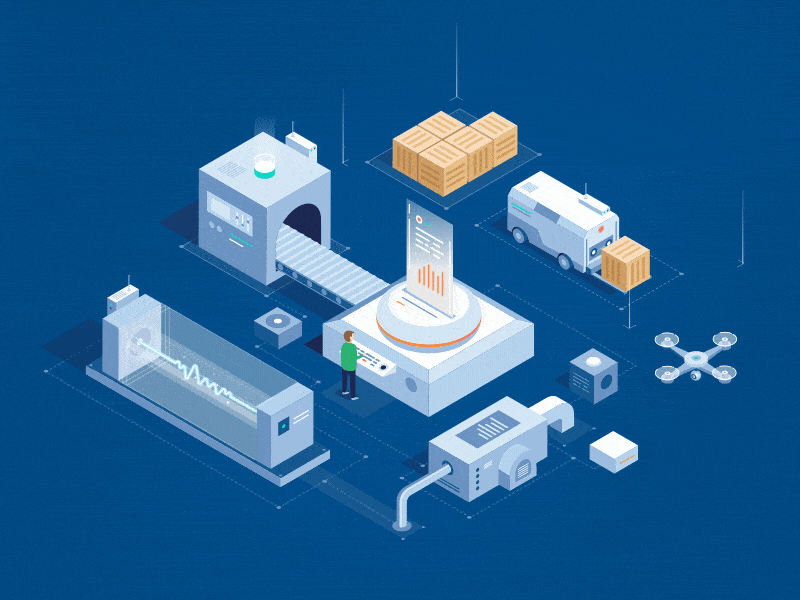









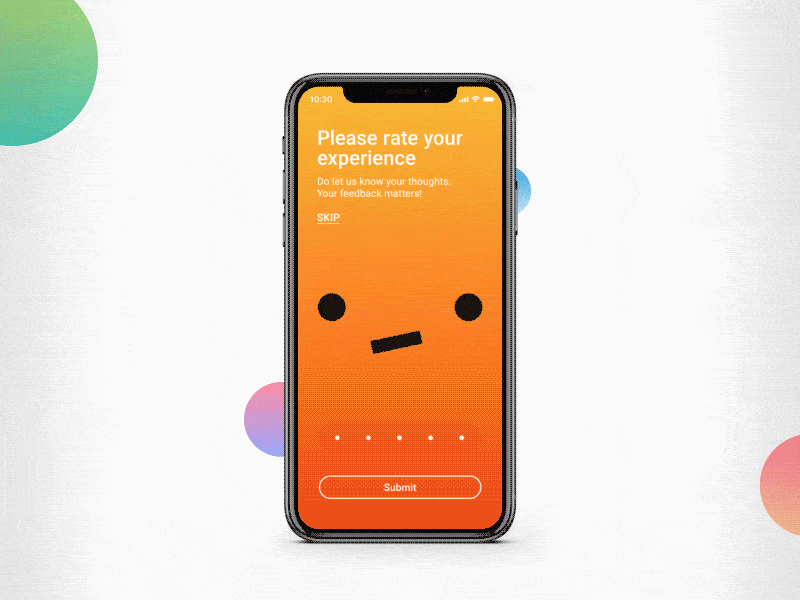




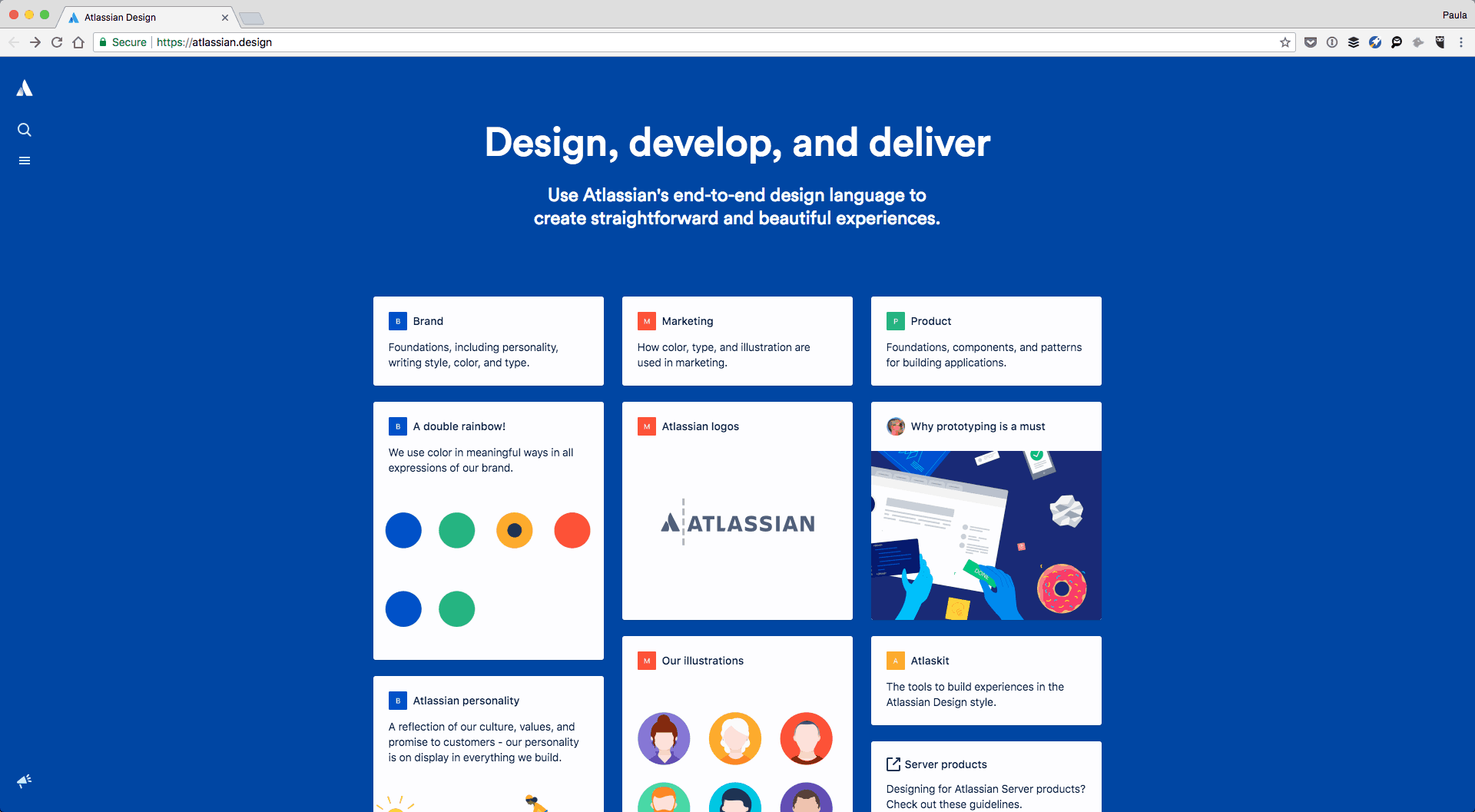





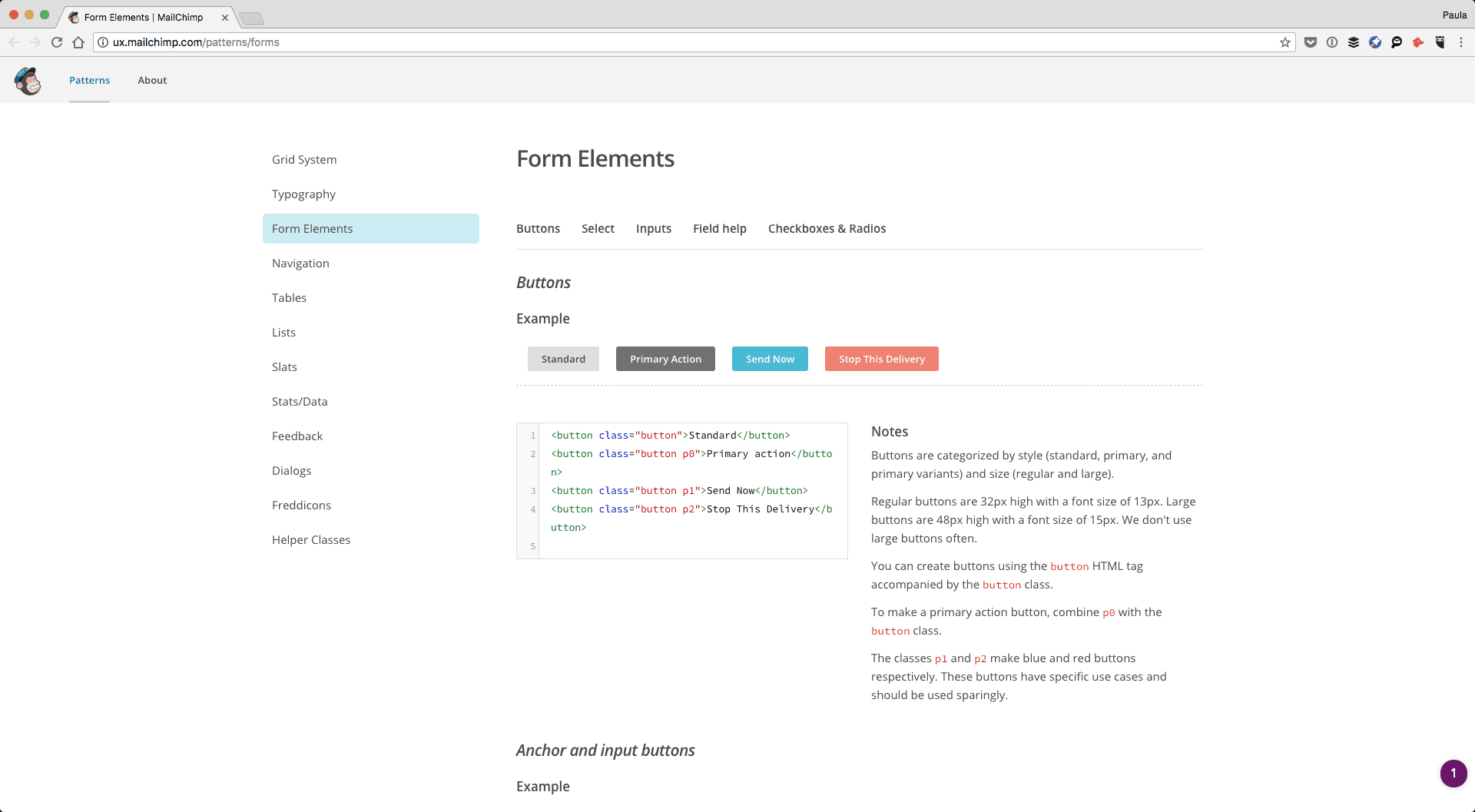
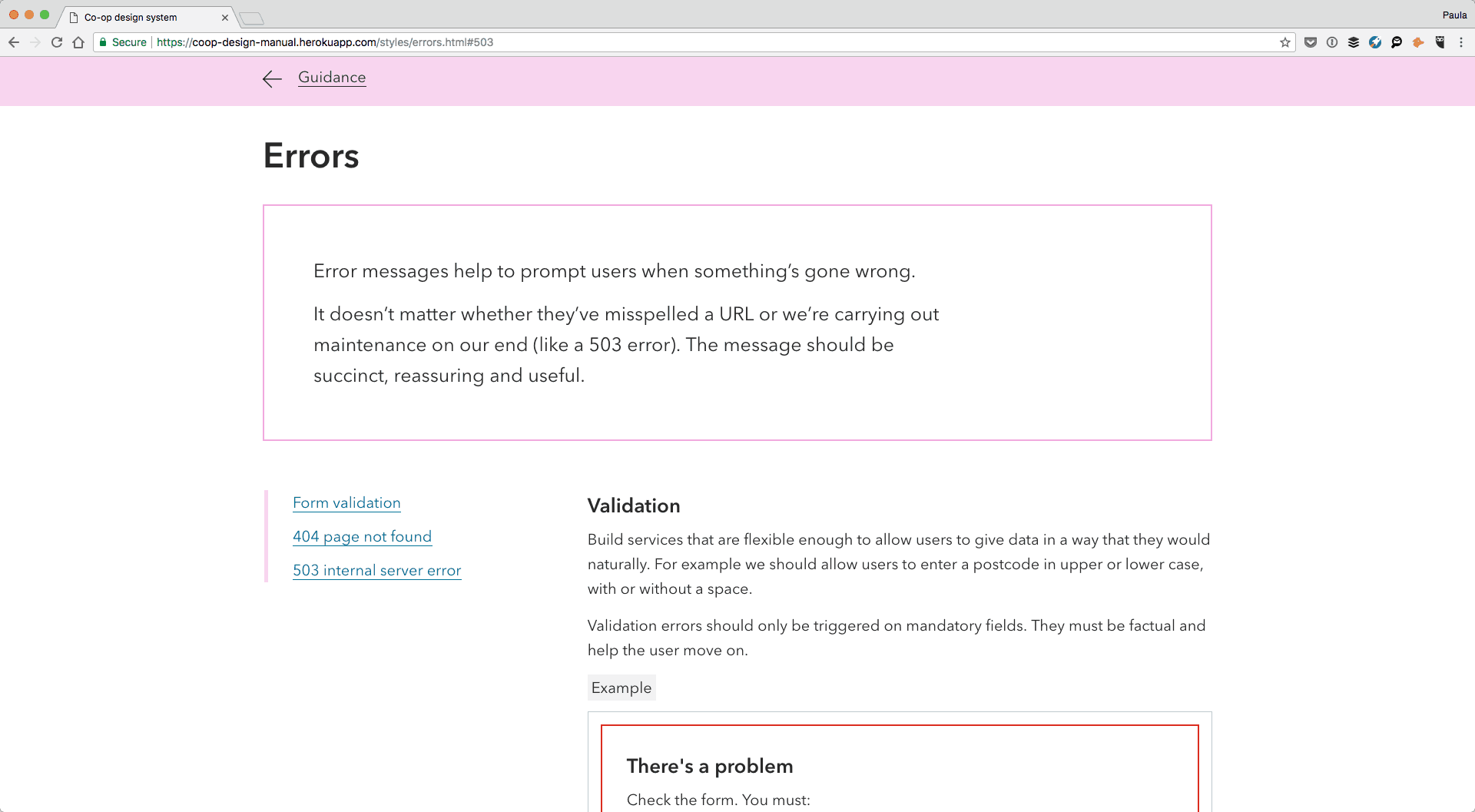
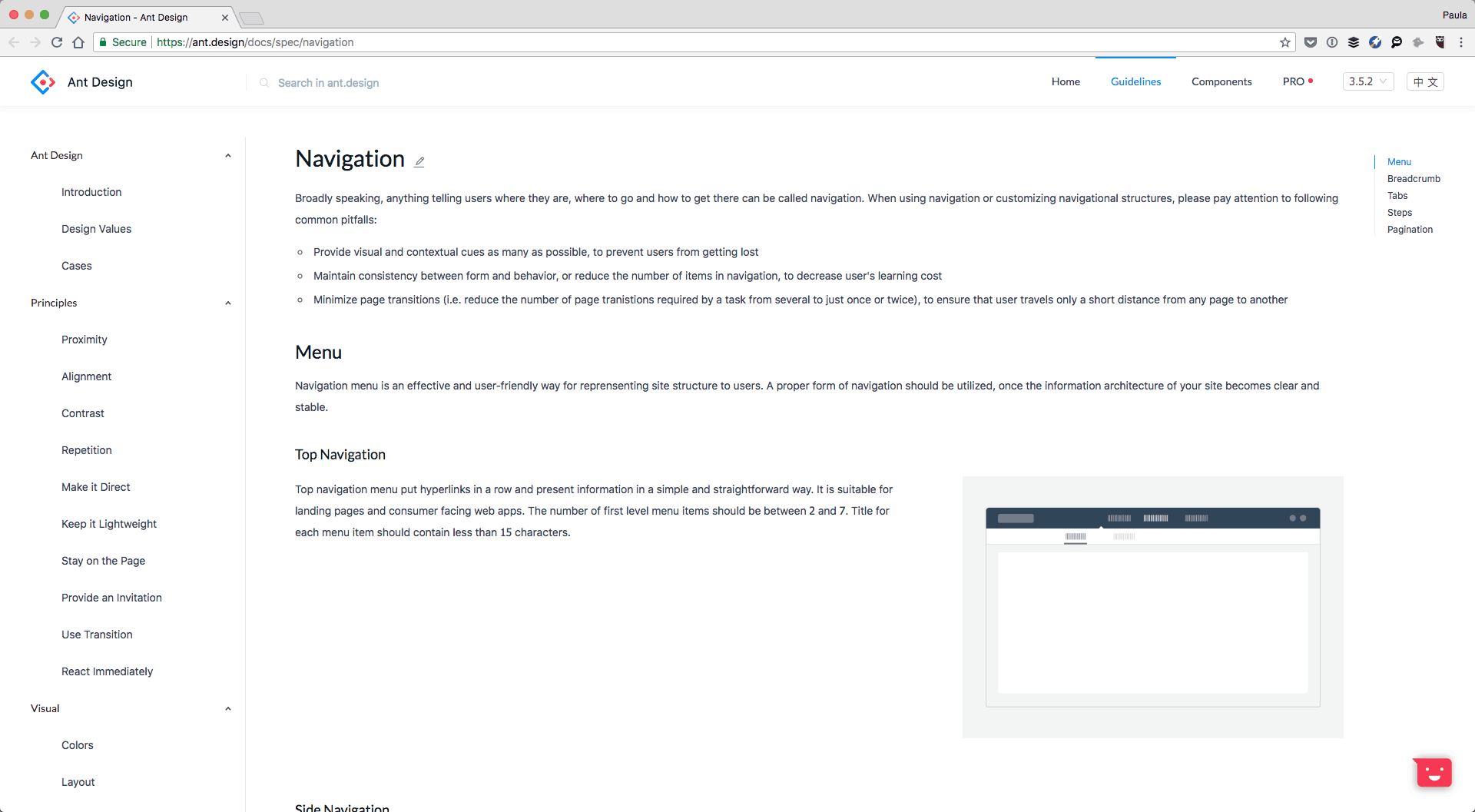
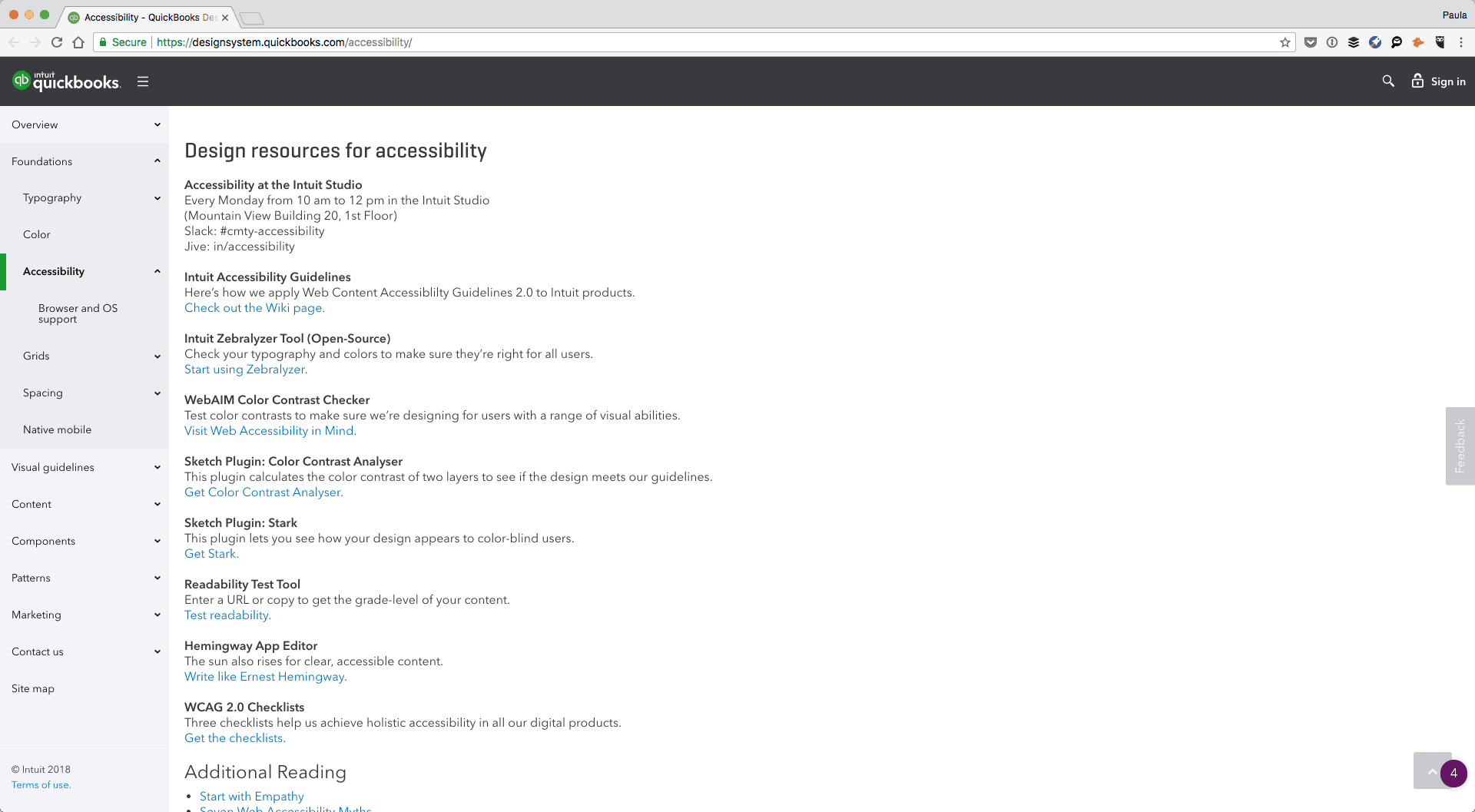
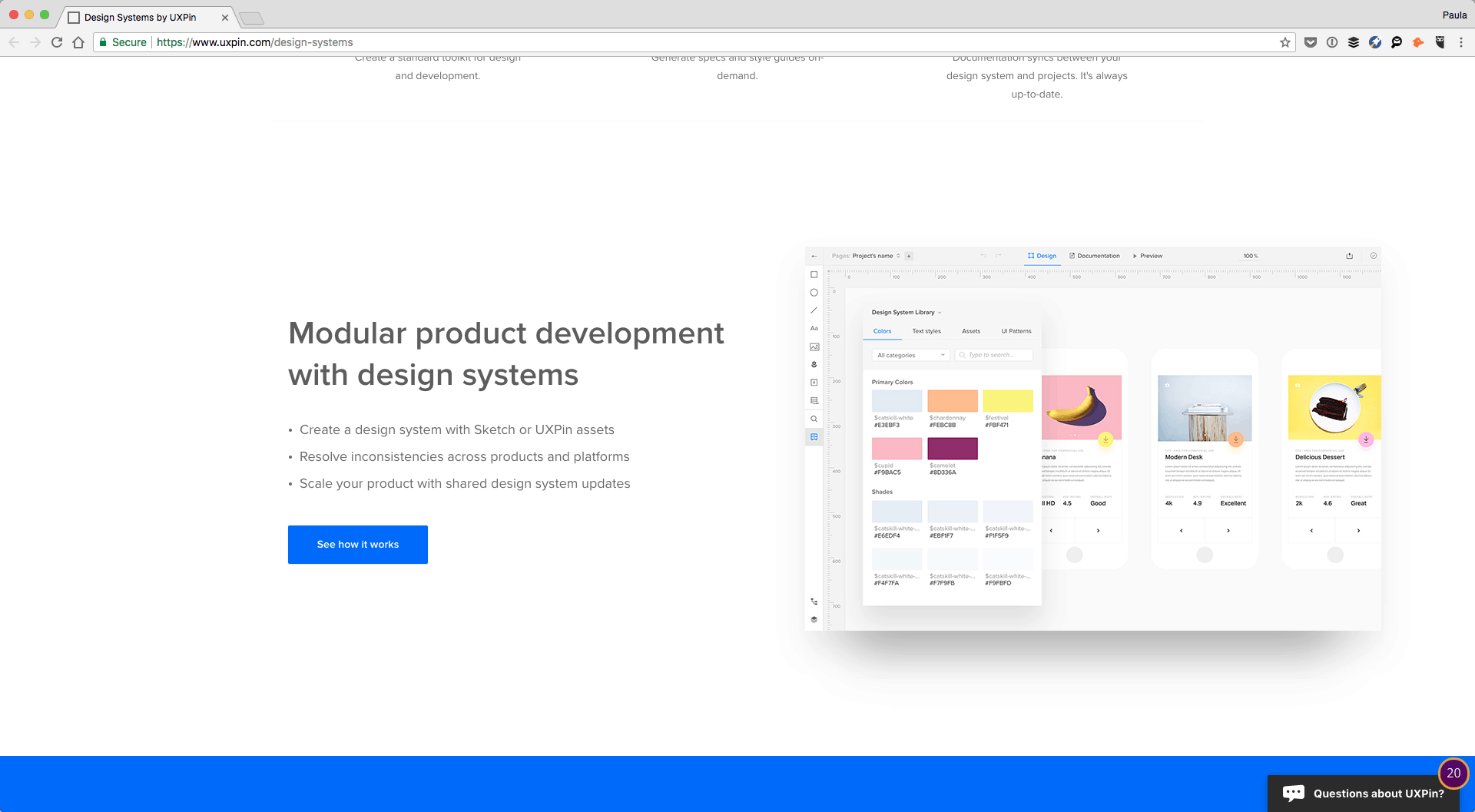
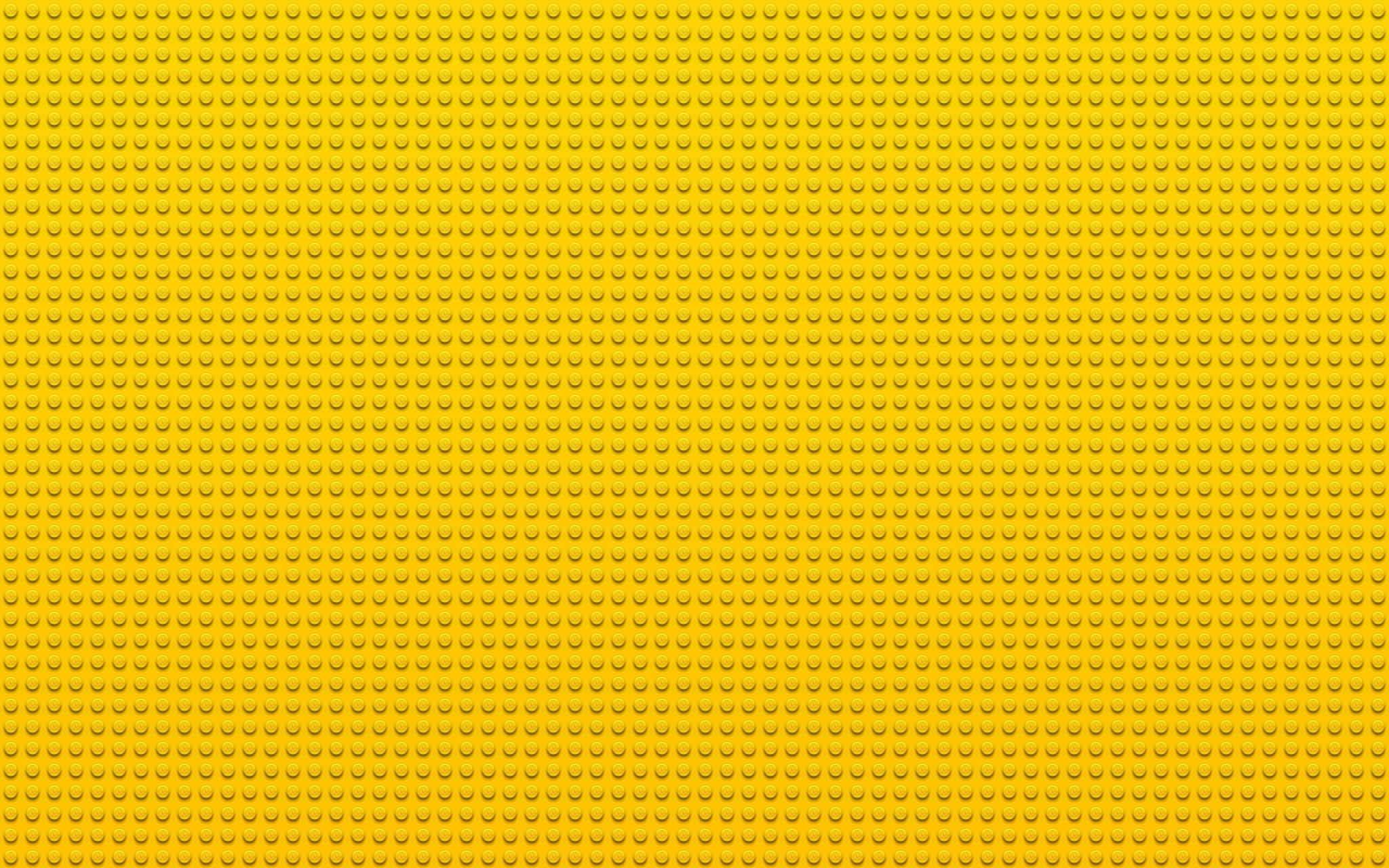
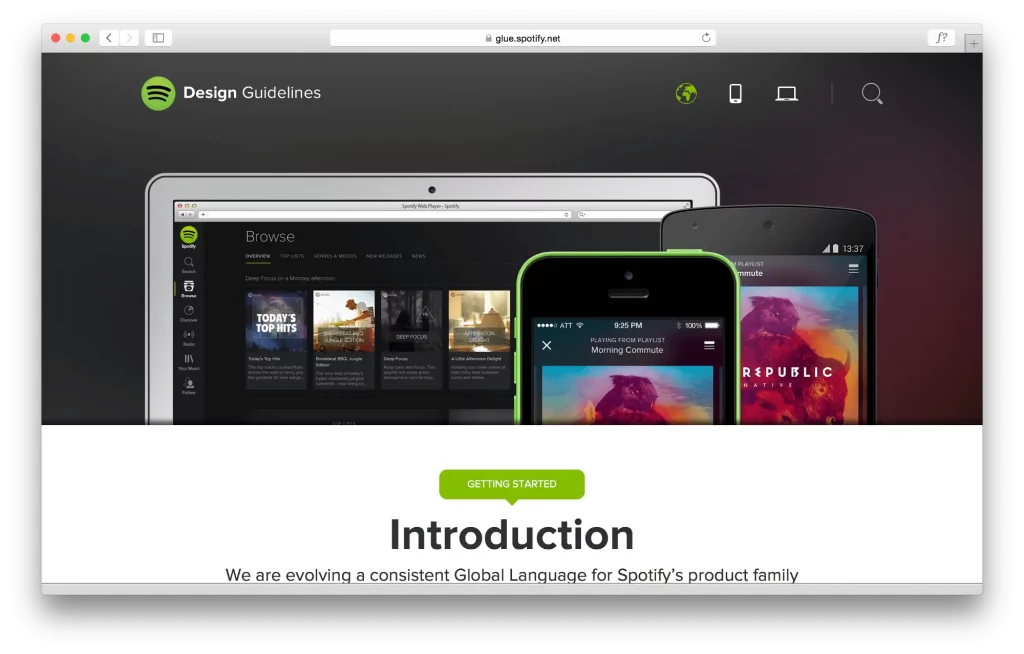
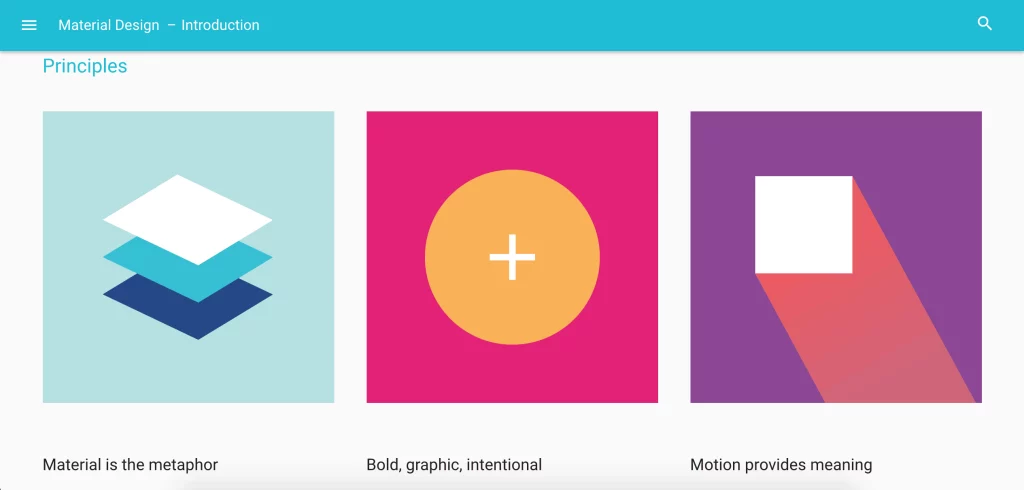
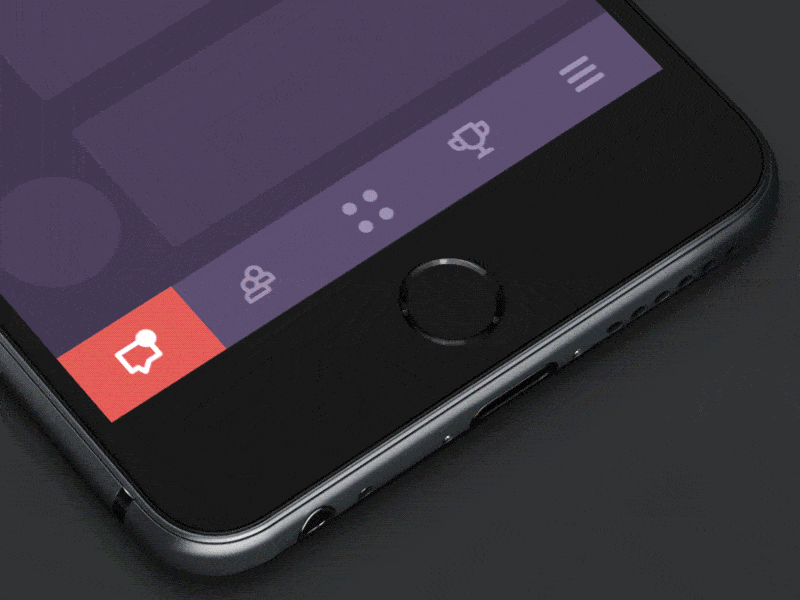
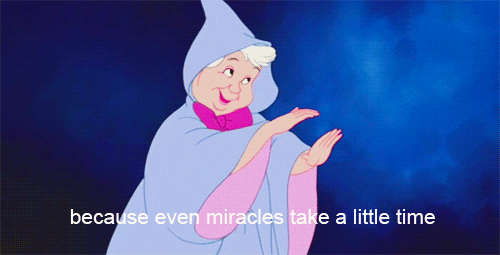
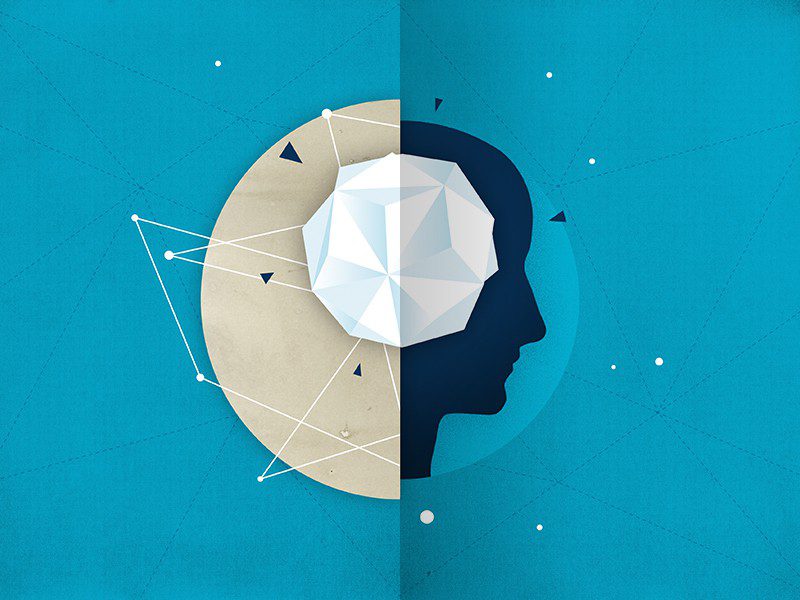
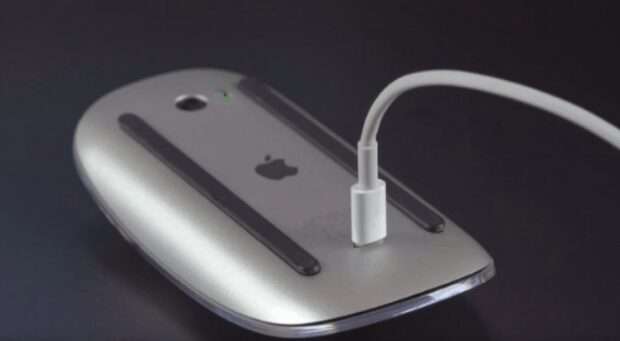
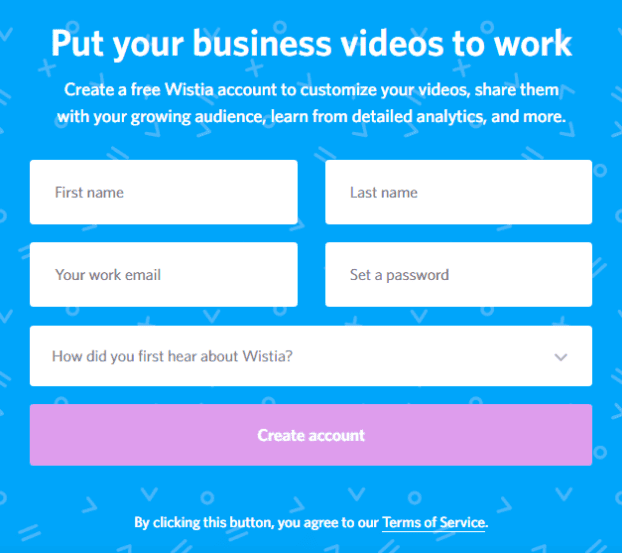
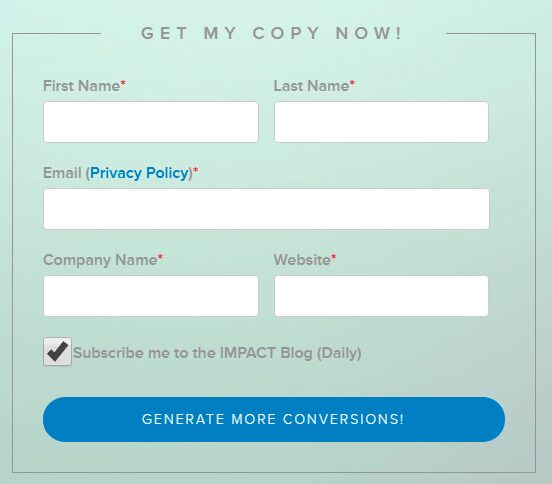

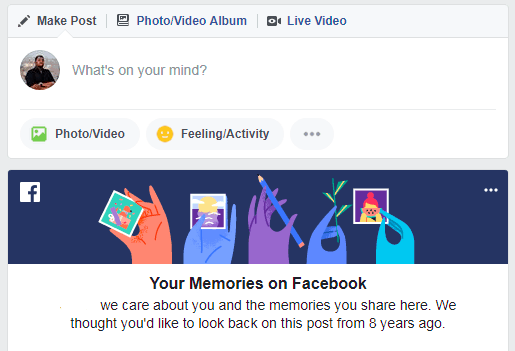
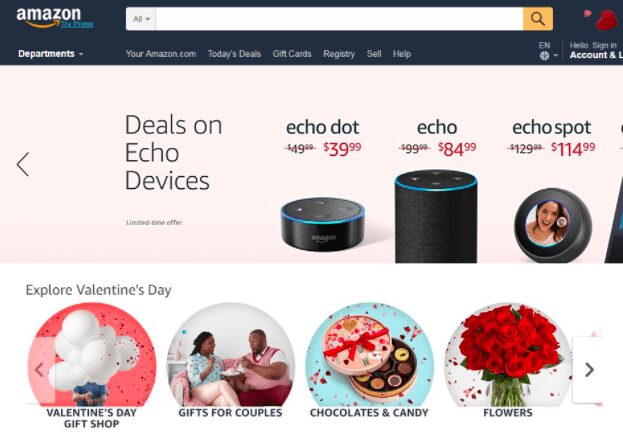 Priming technique 8 – Frequency illusion / Baader-Meinhof Phenomenon
Priming technique 8 – Frequency illusion / Baader-Meinhof Phenomenon 
